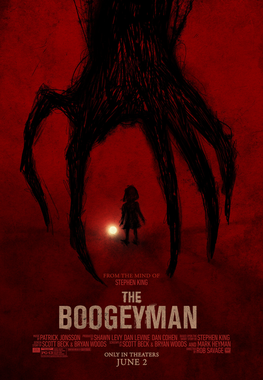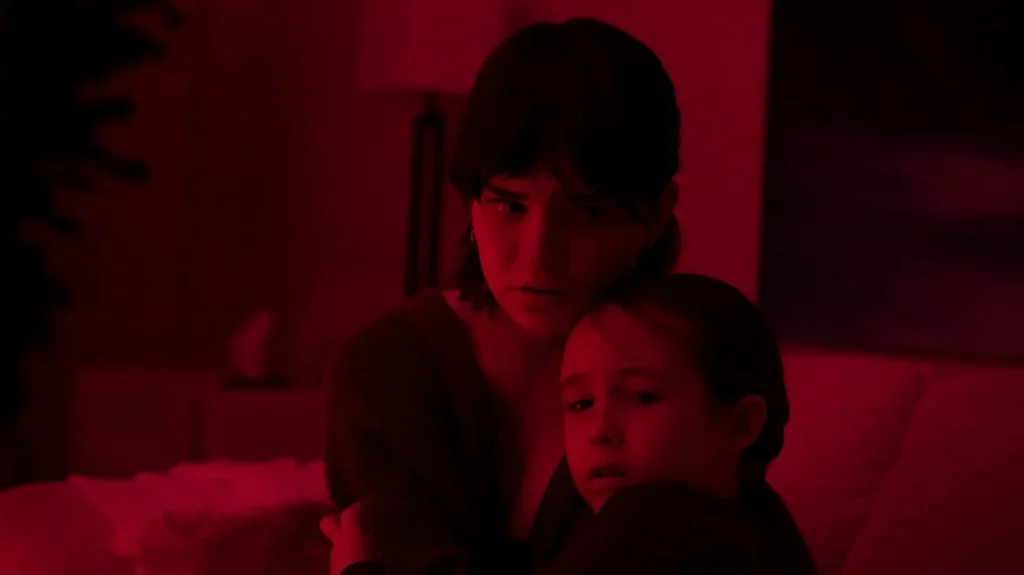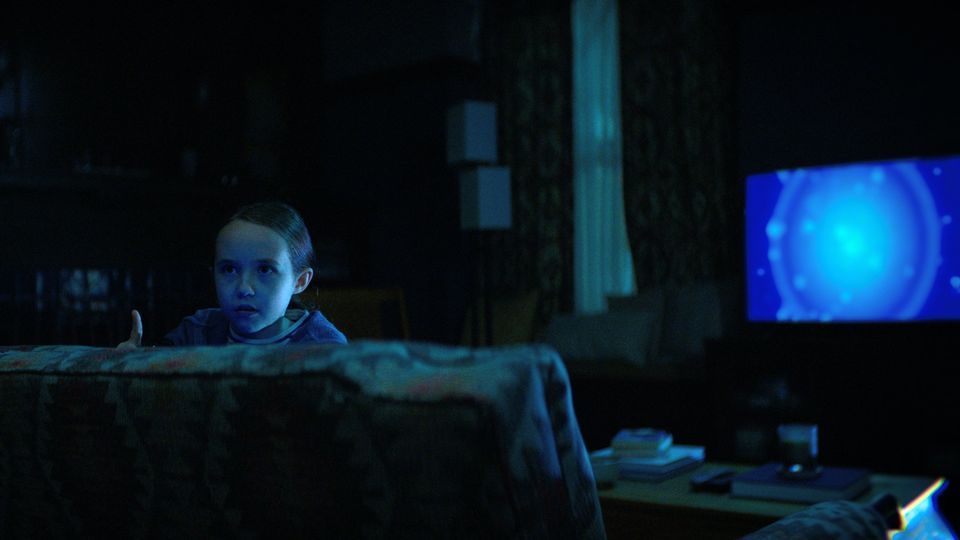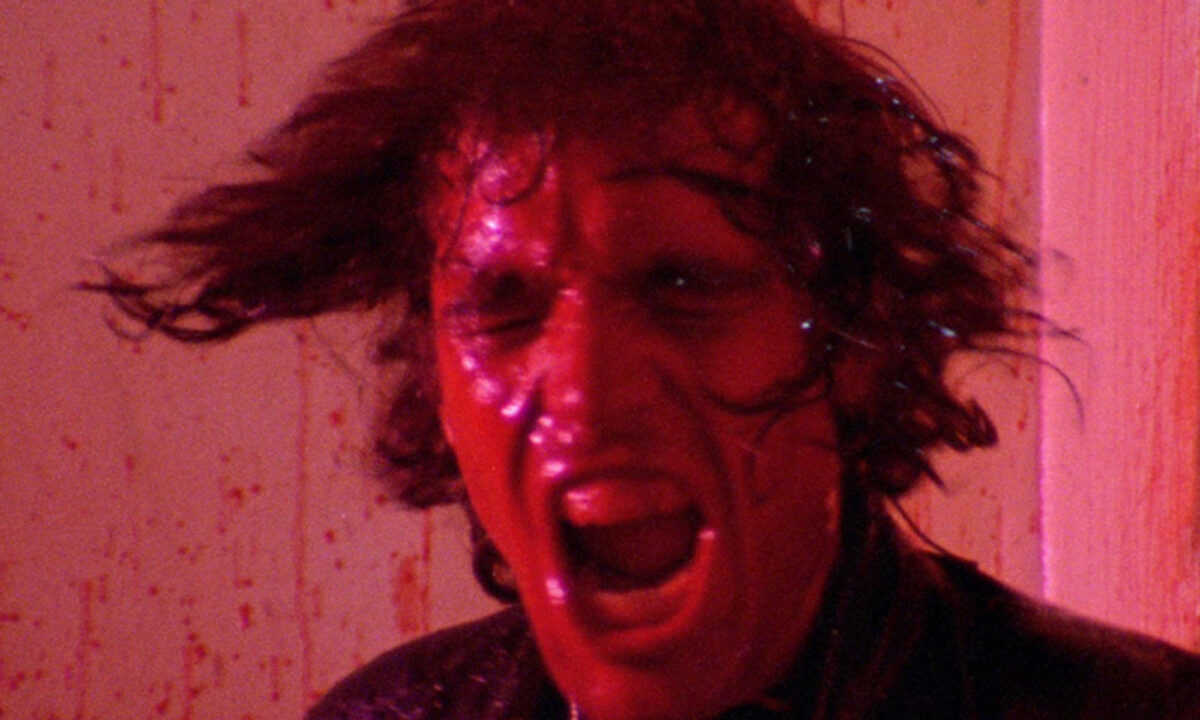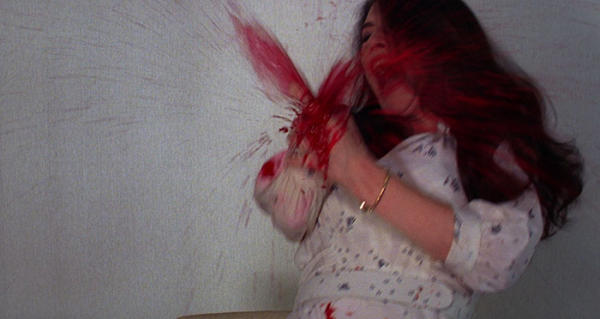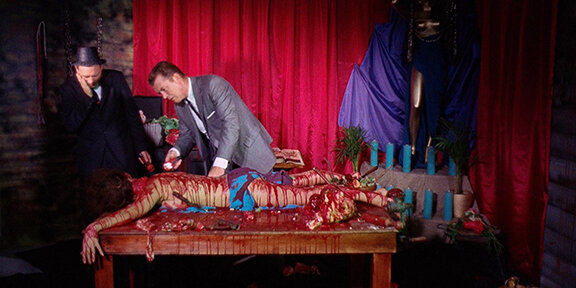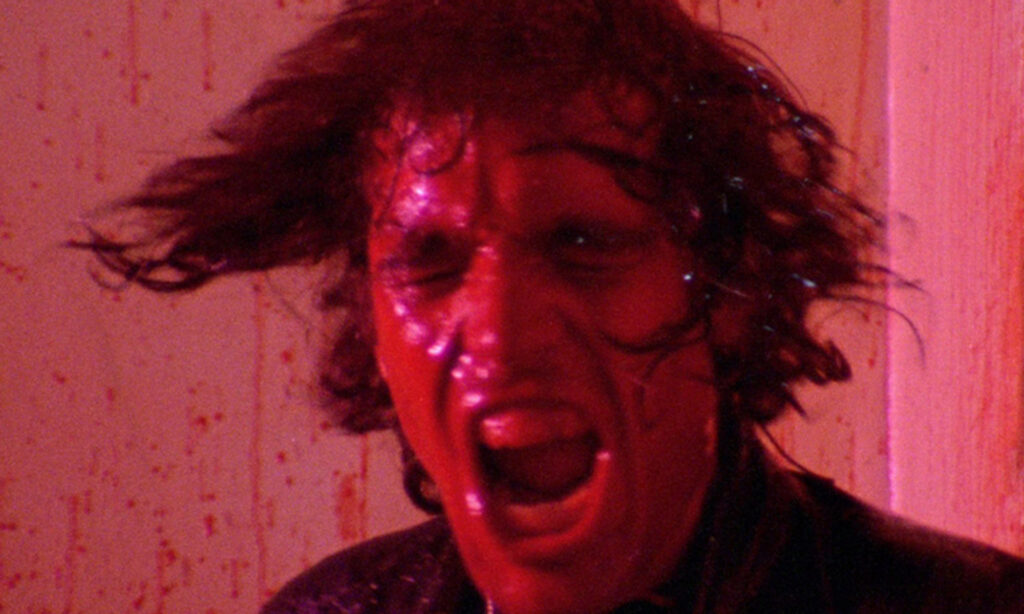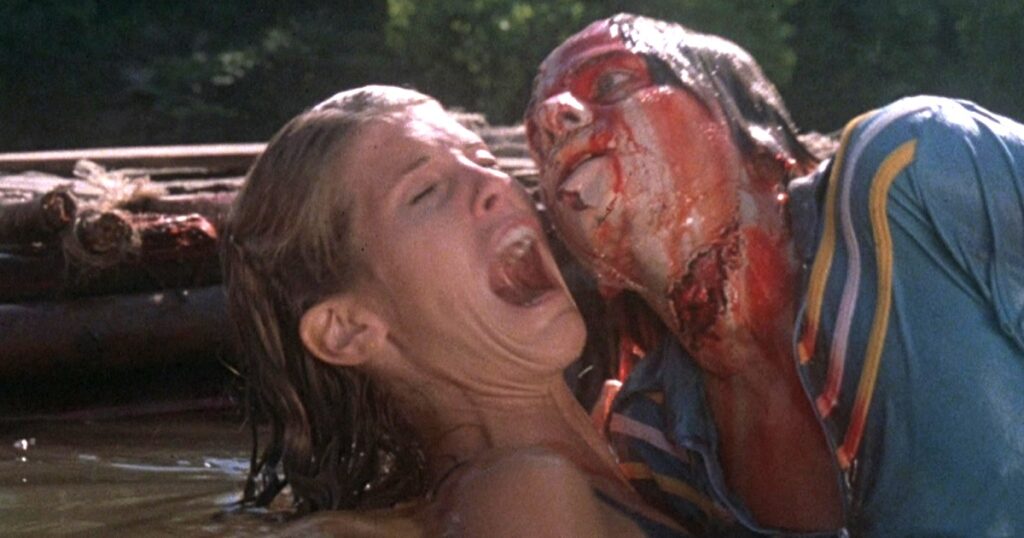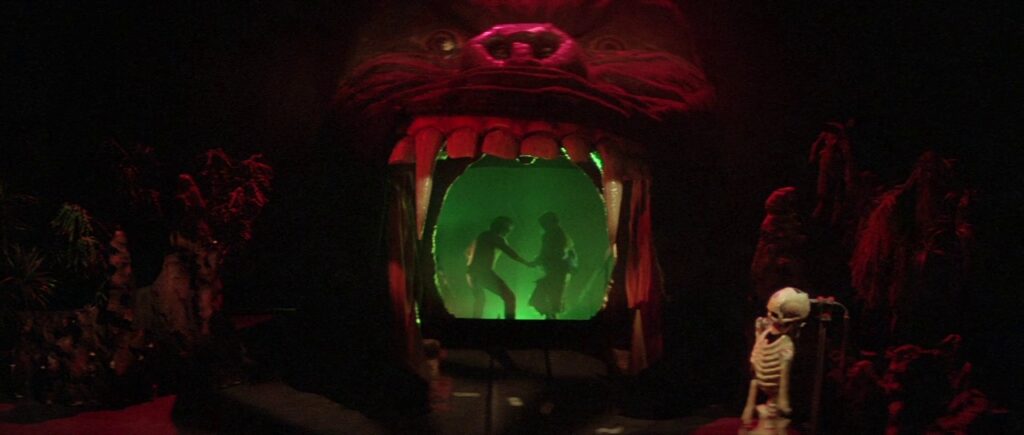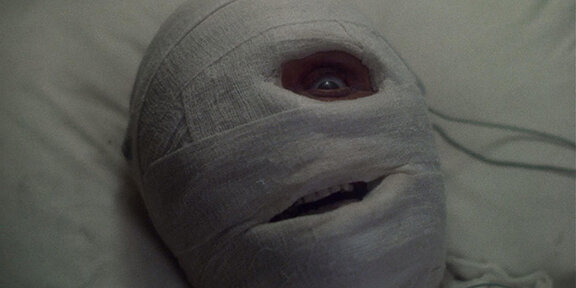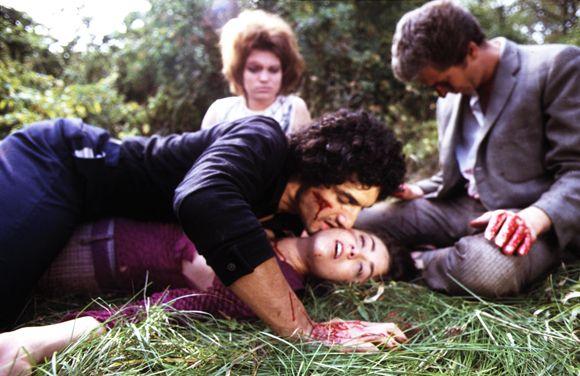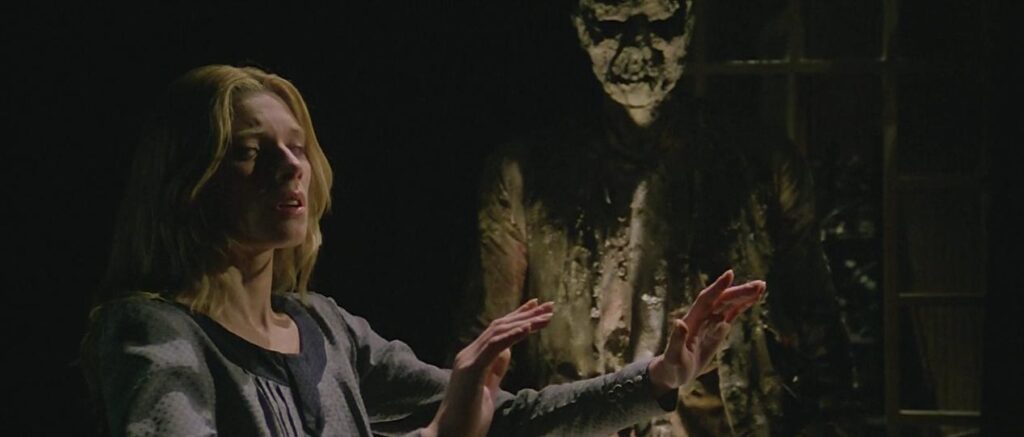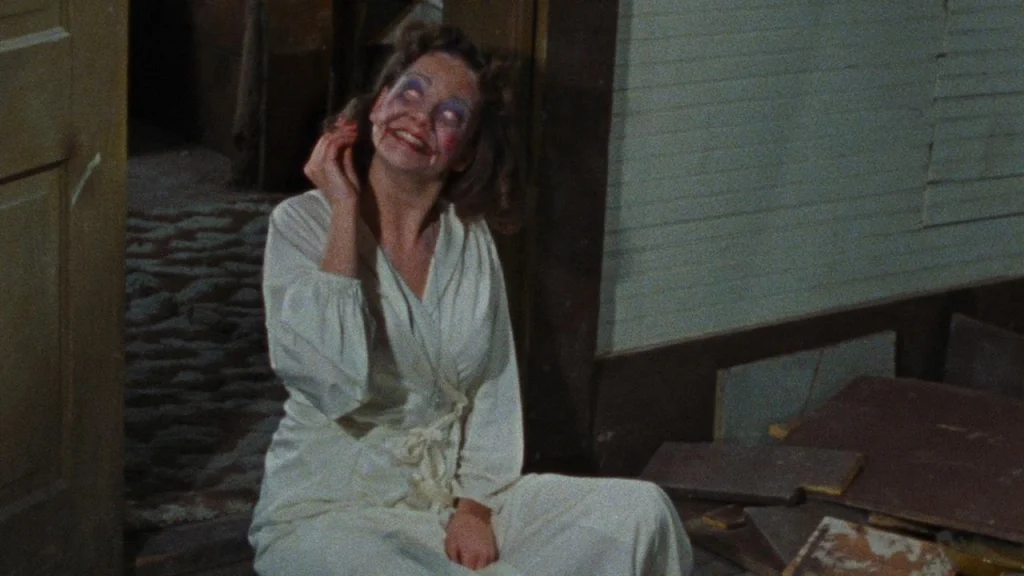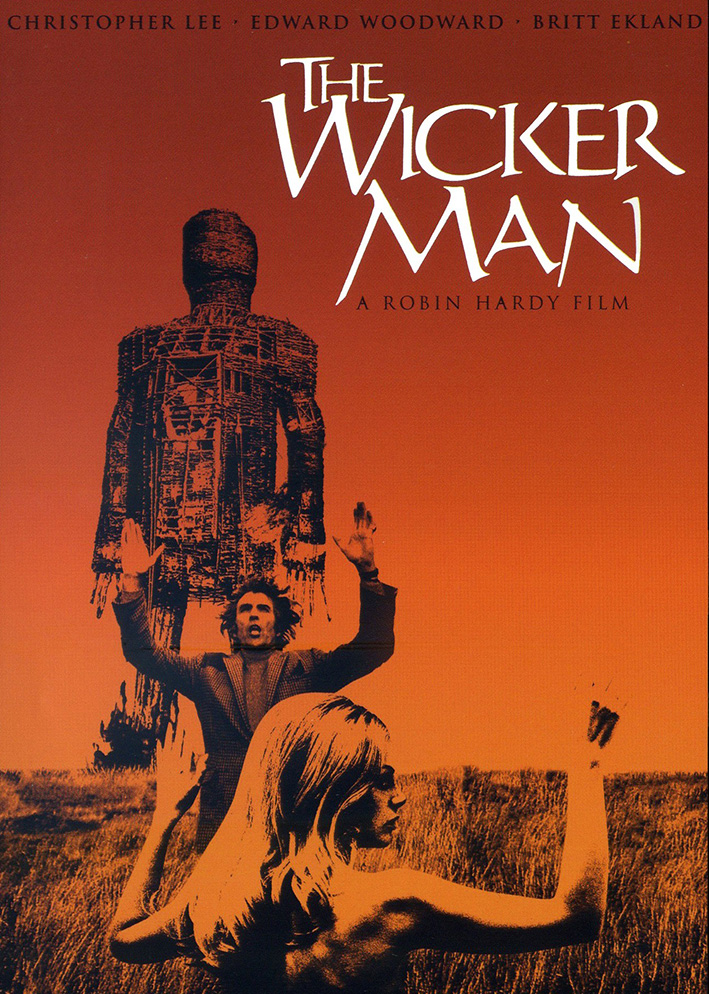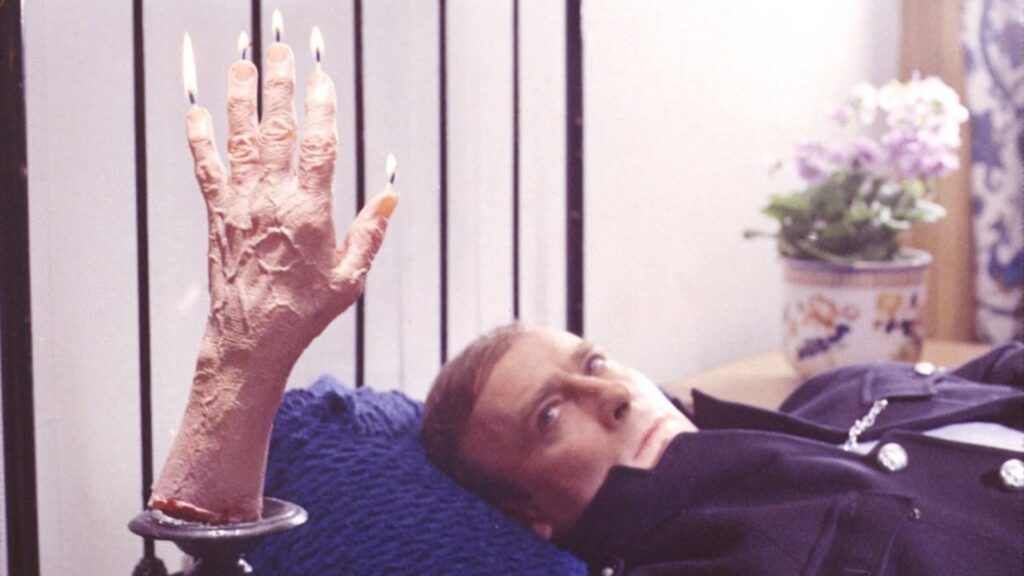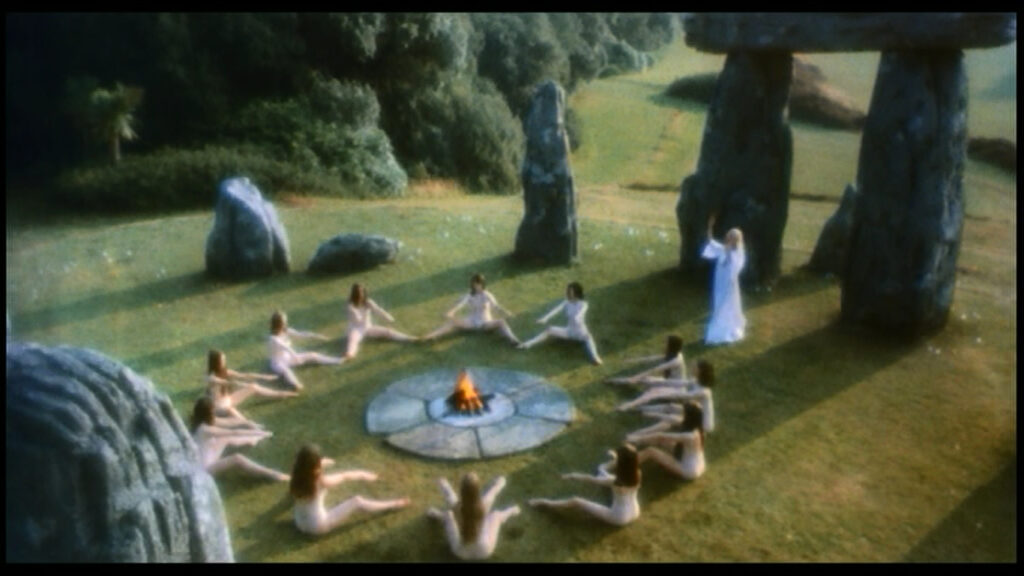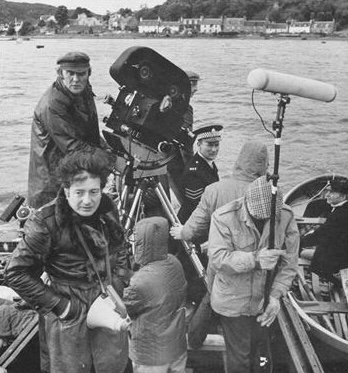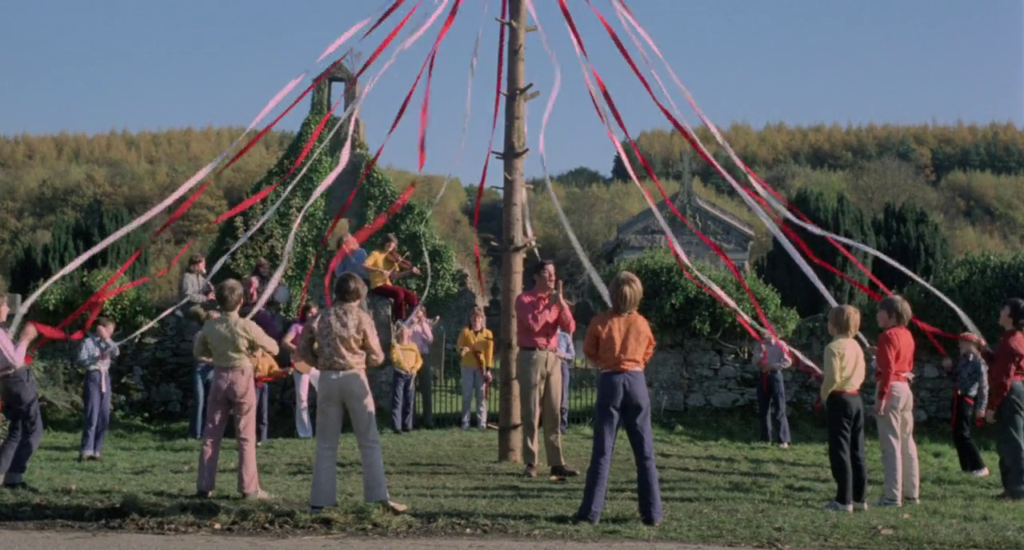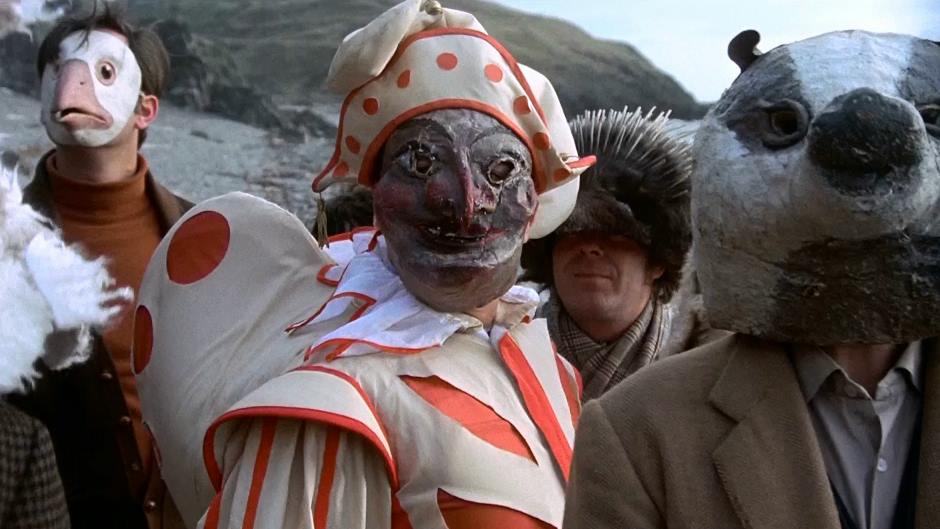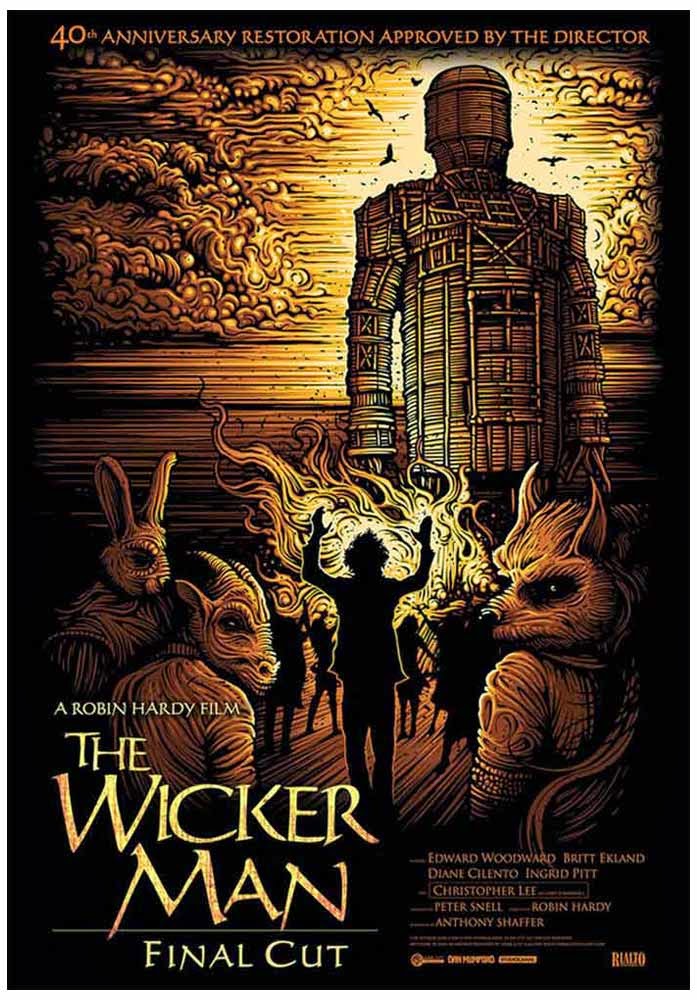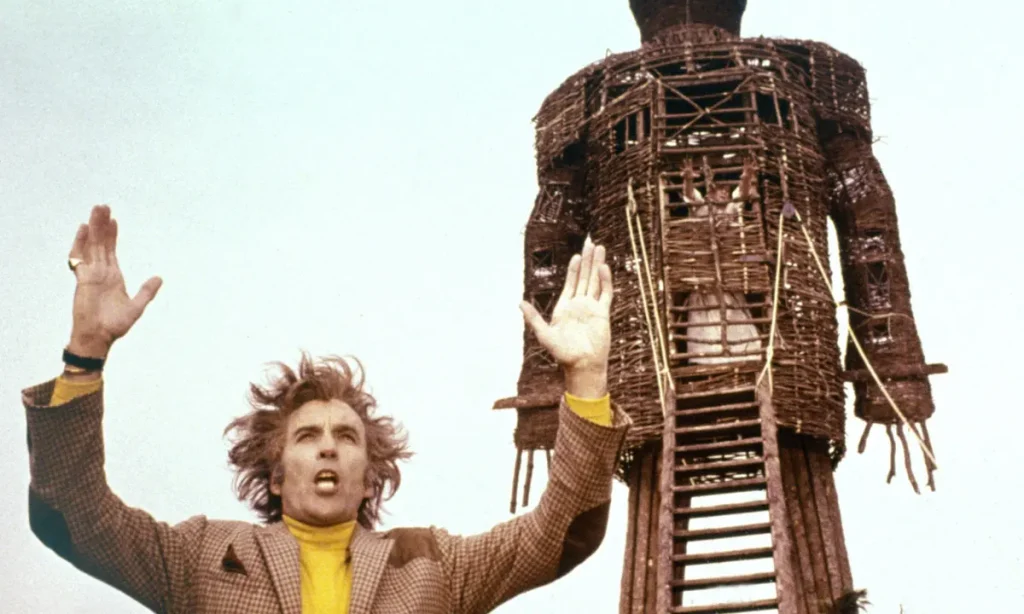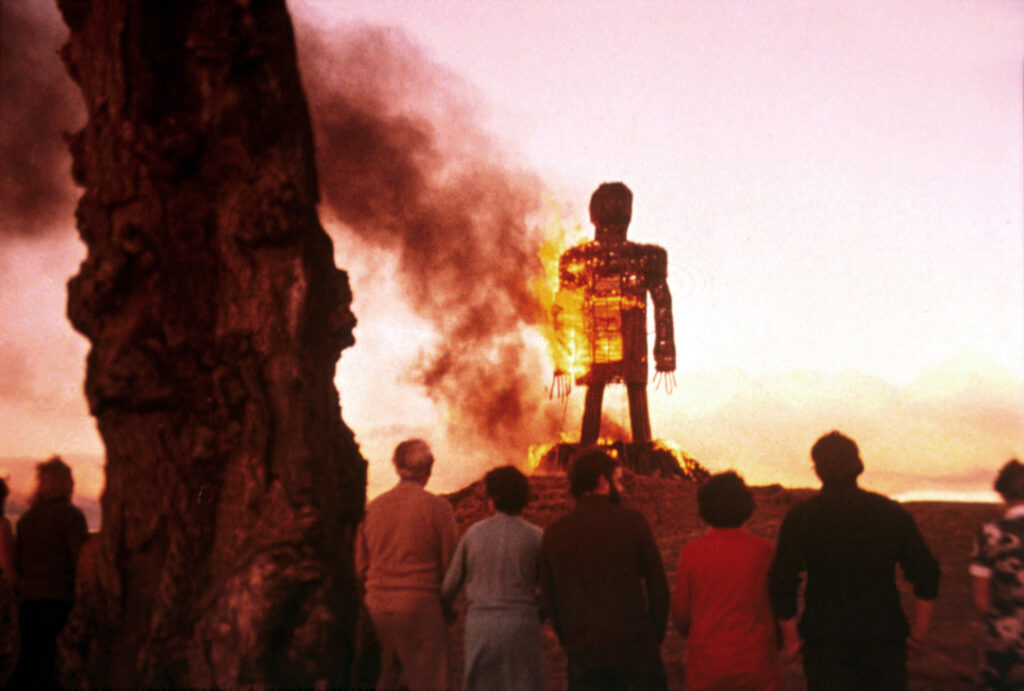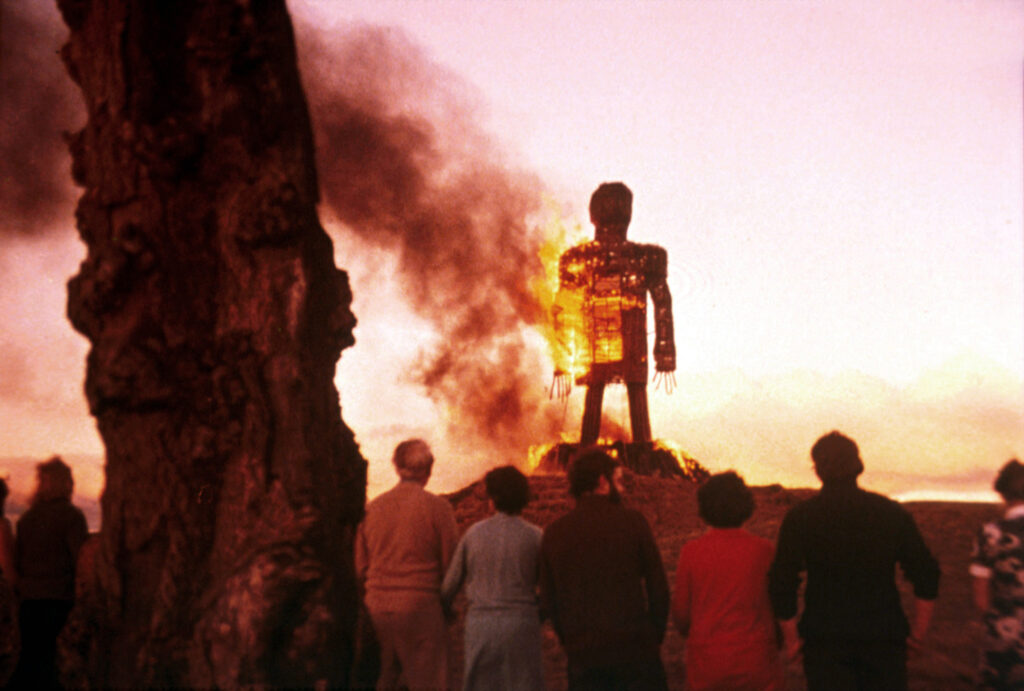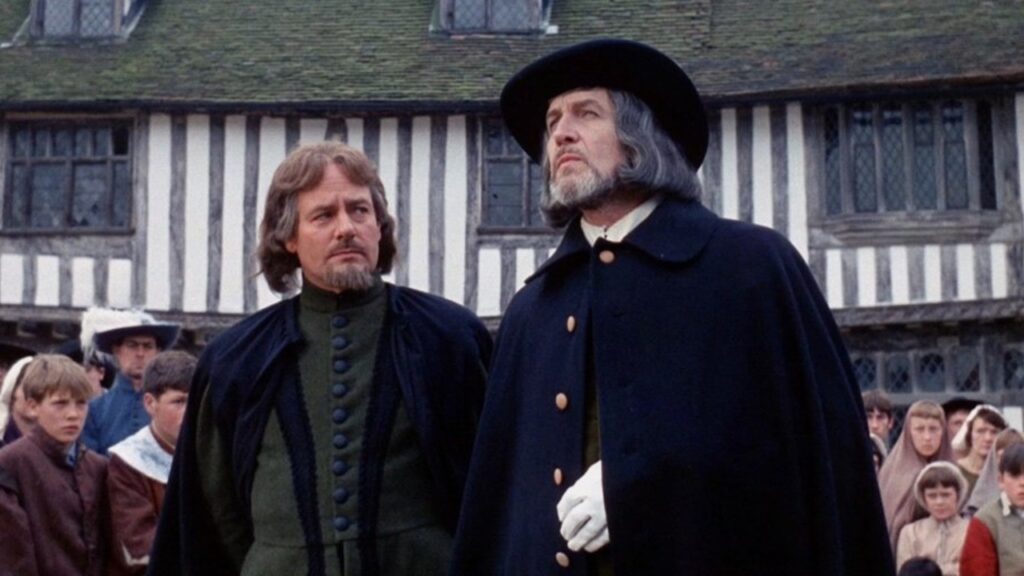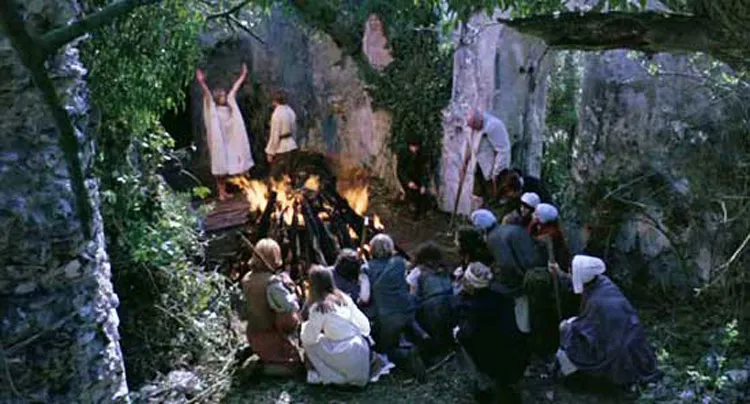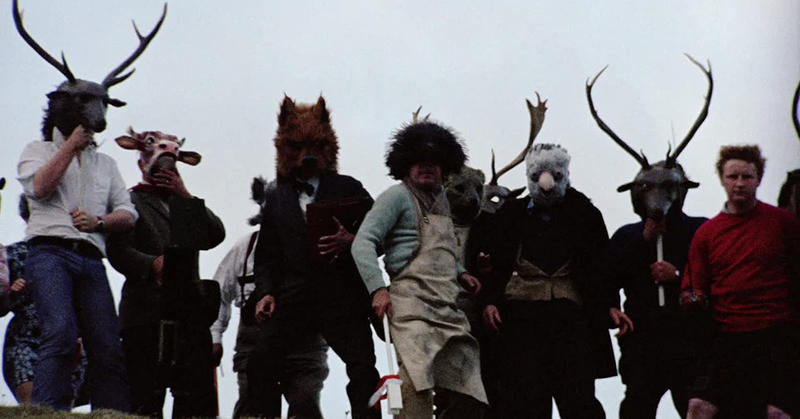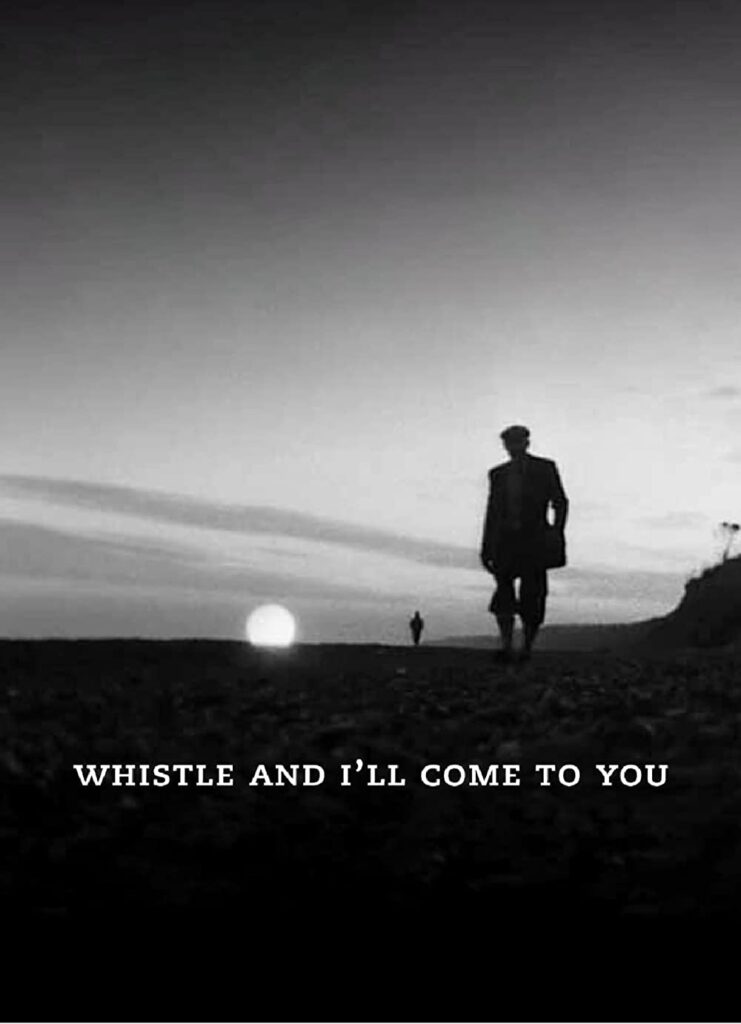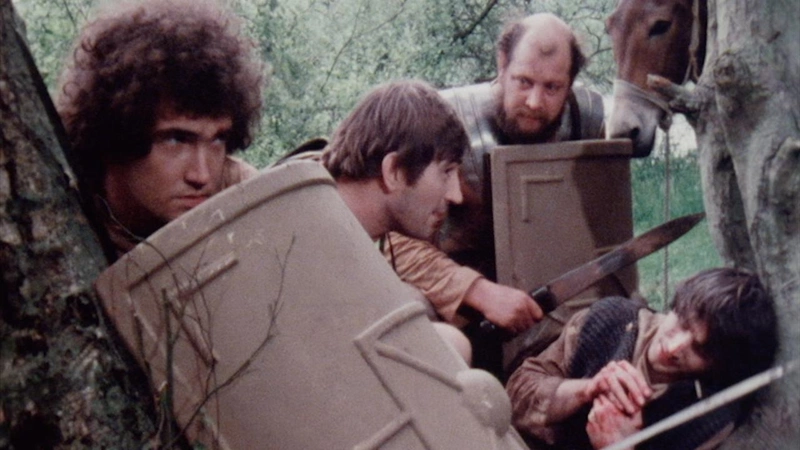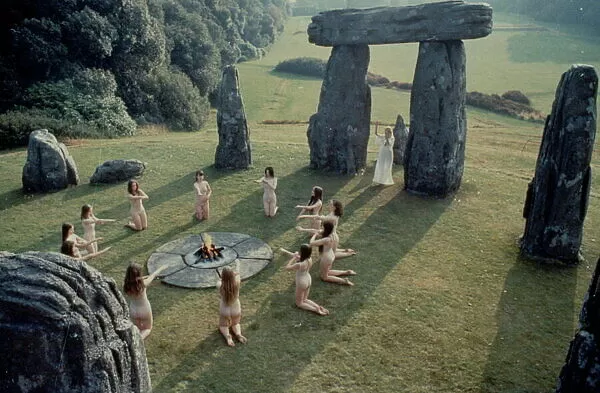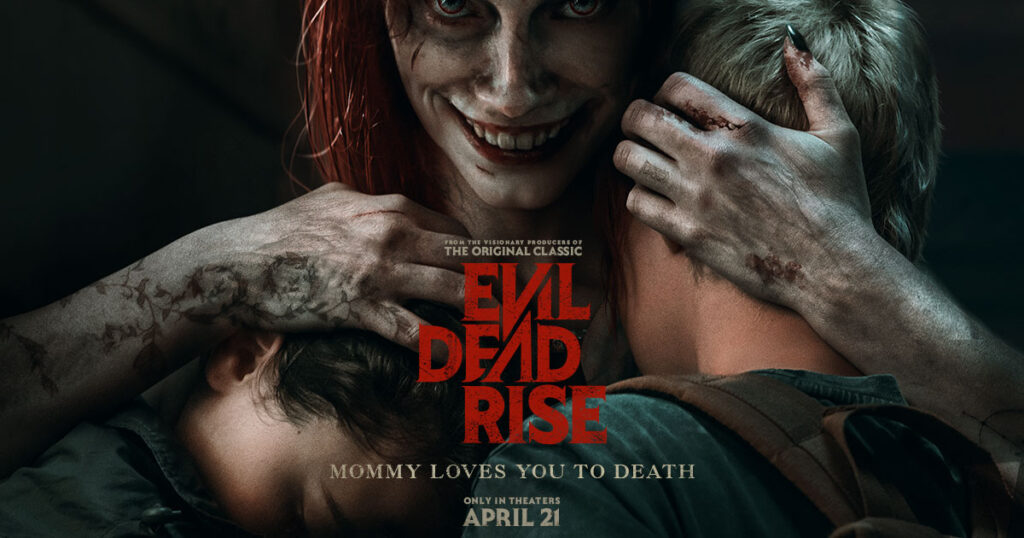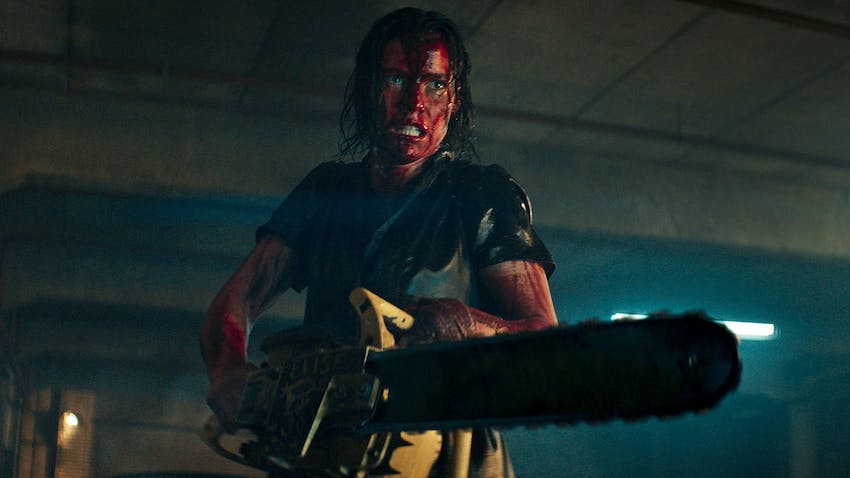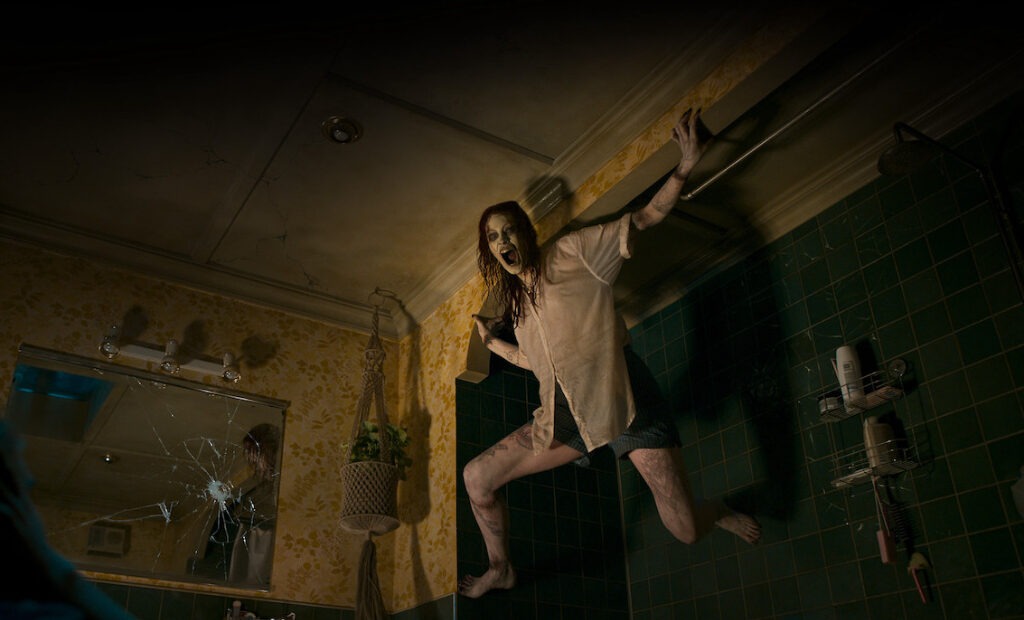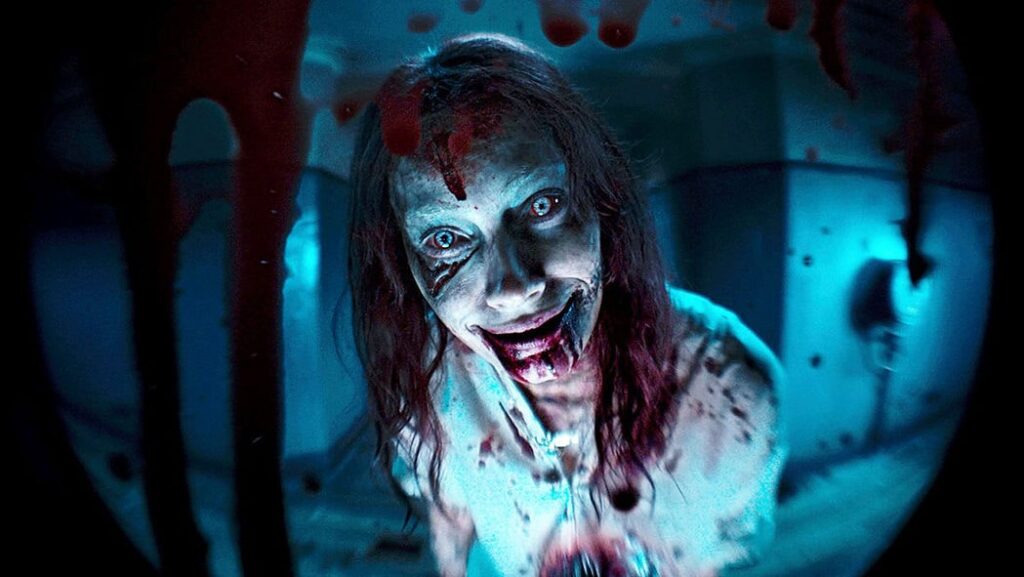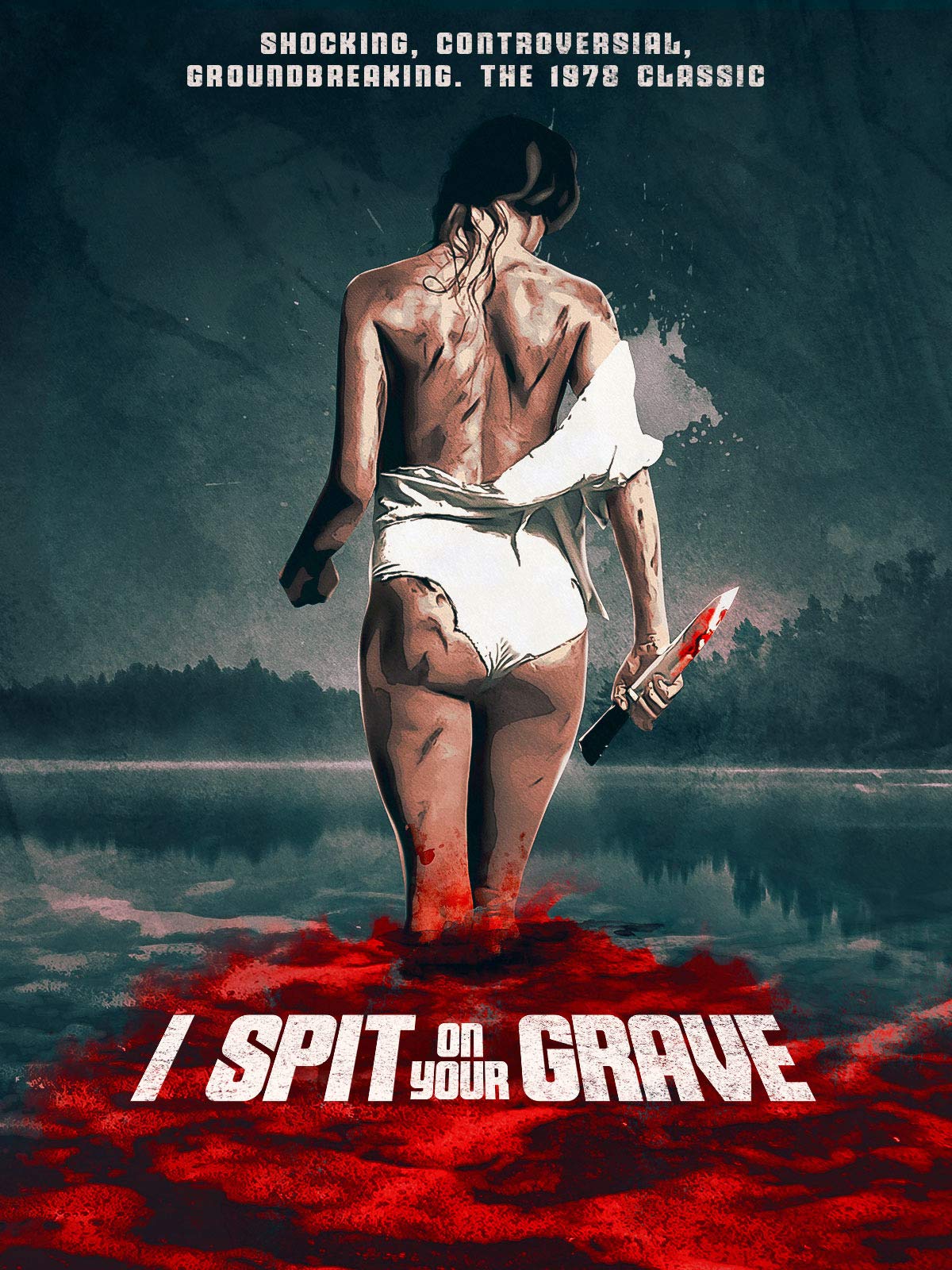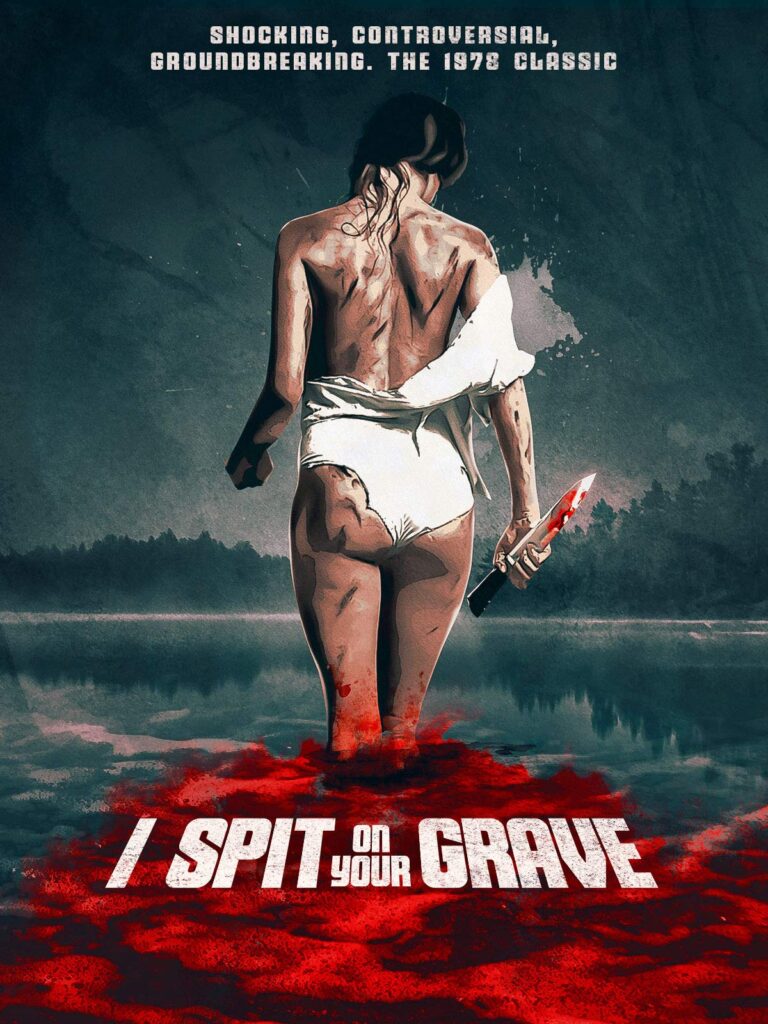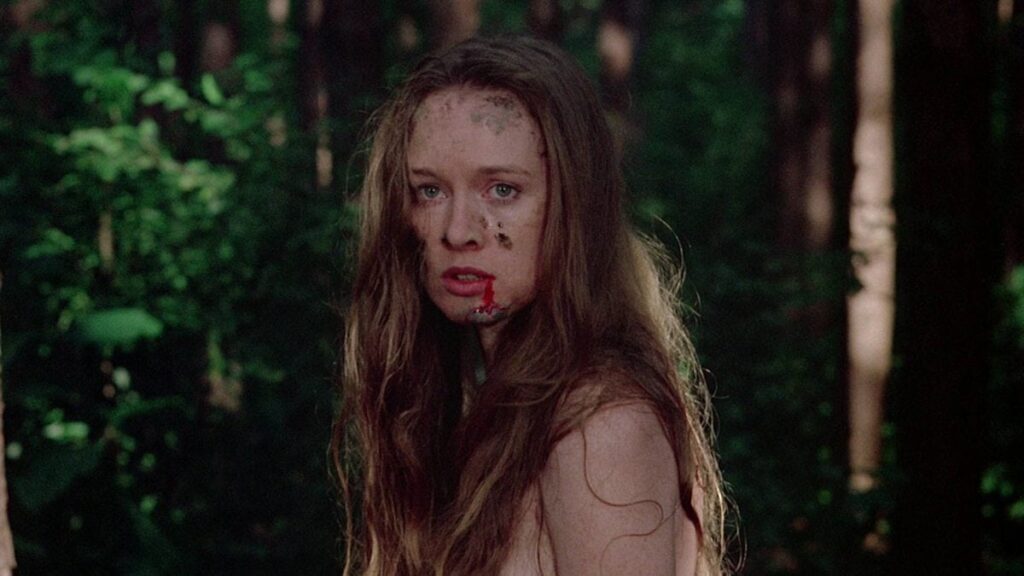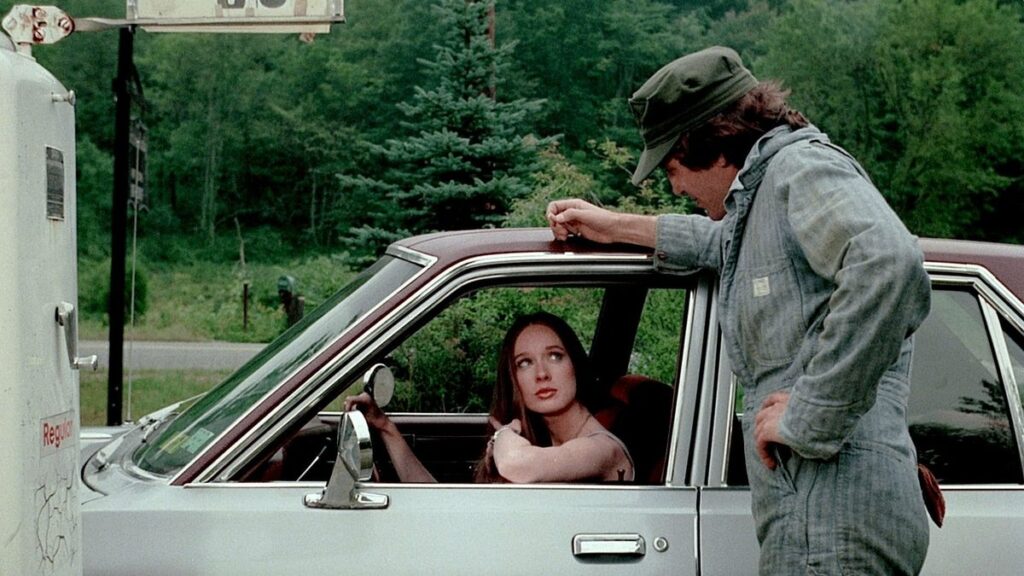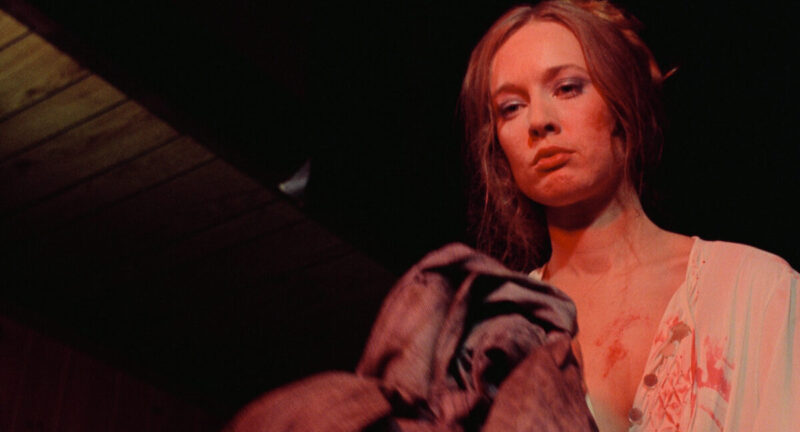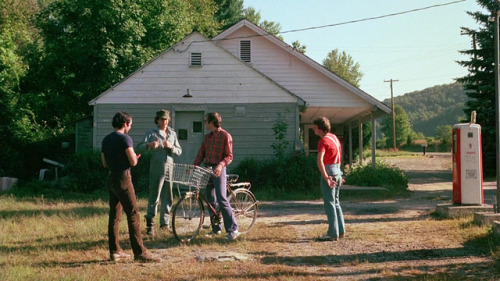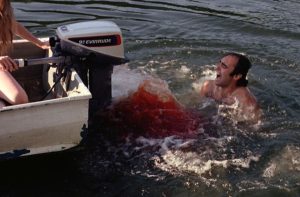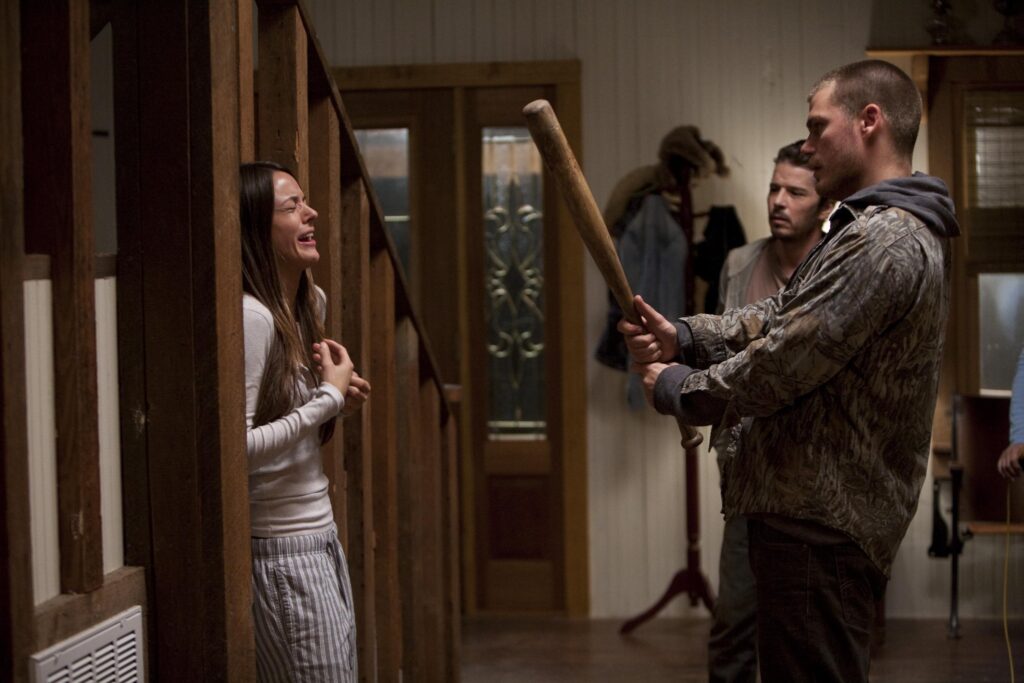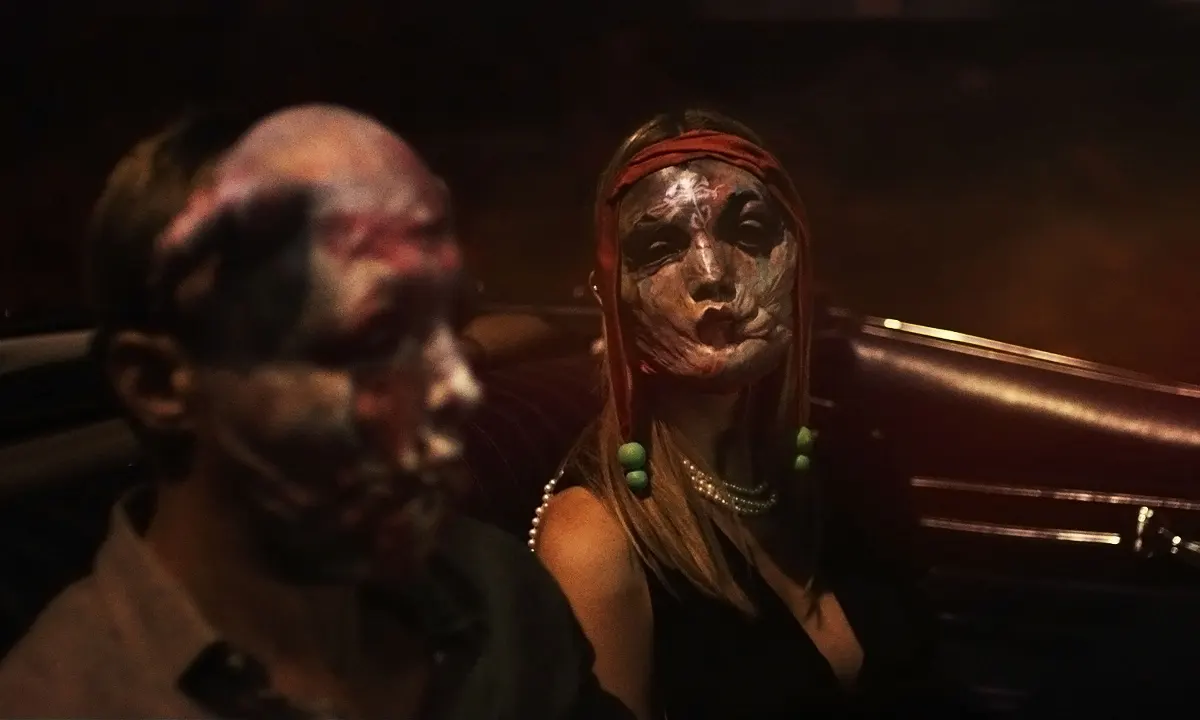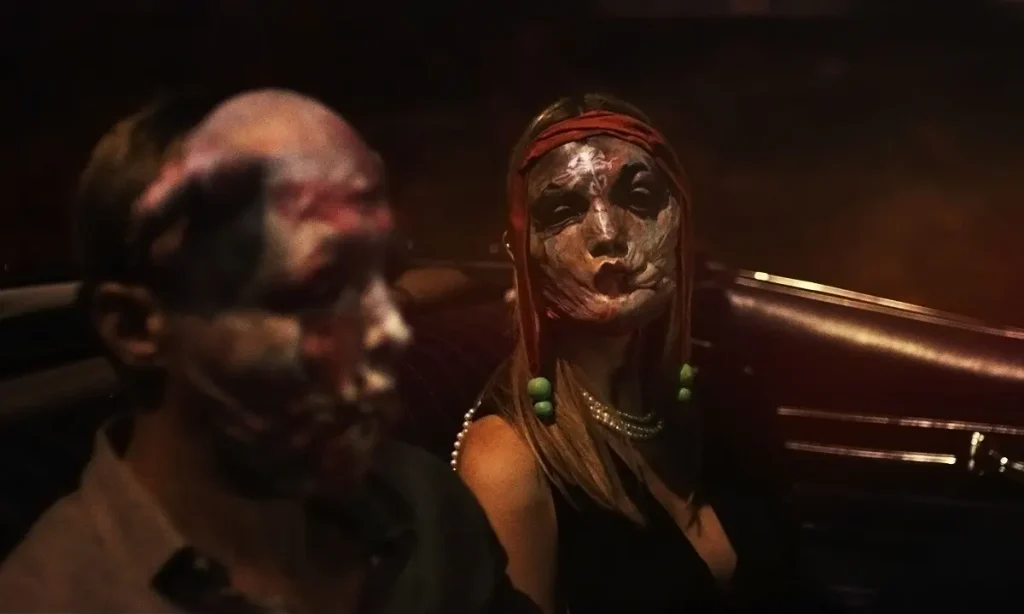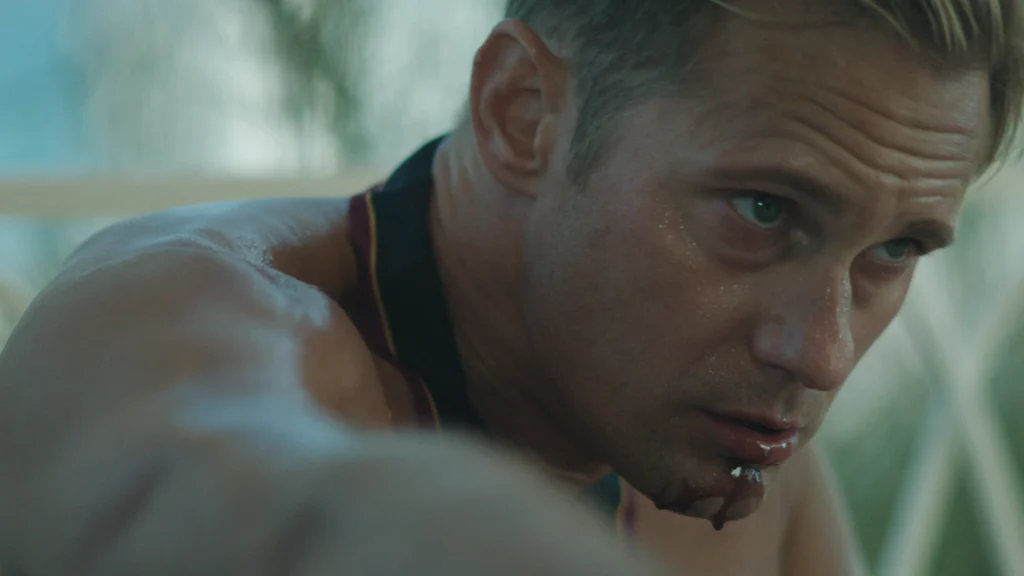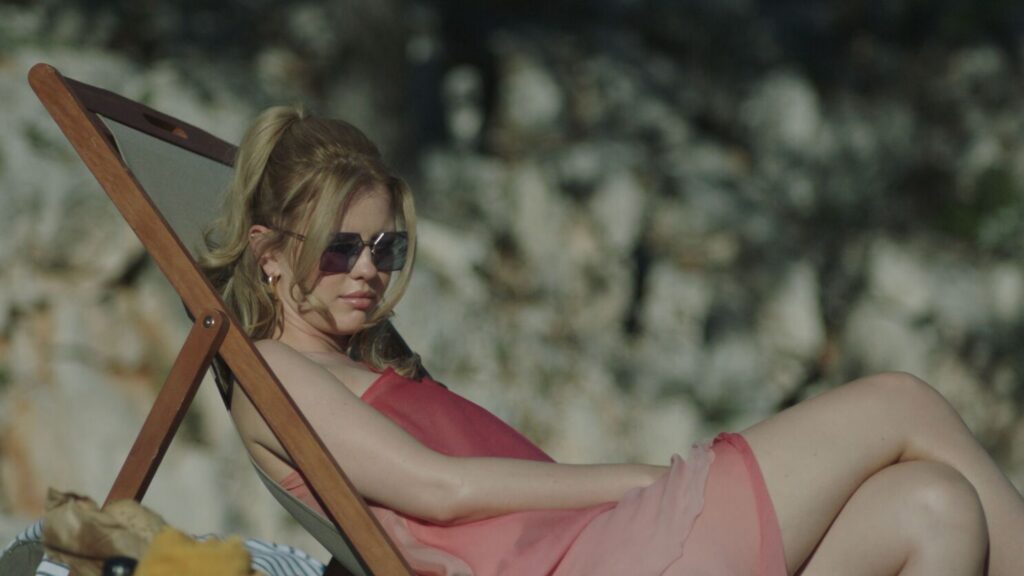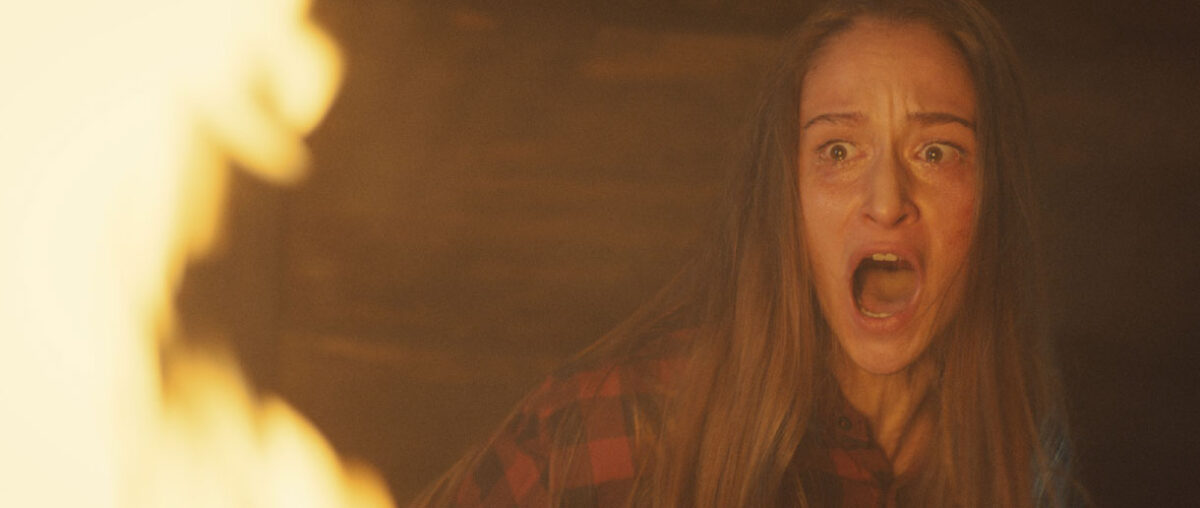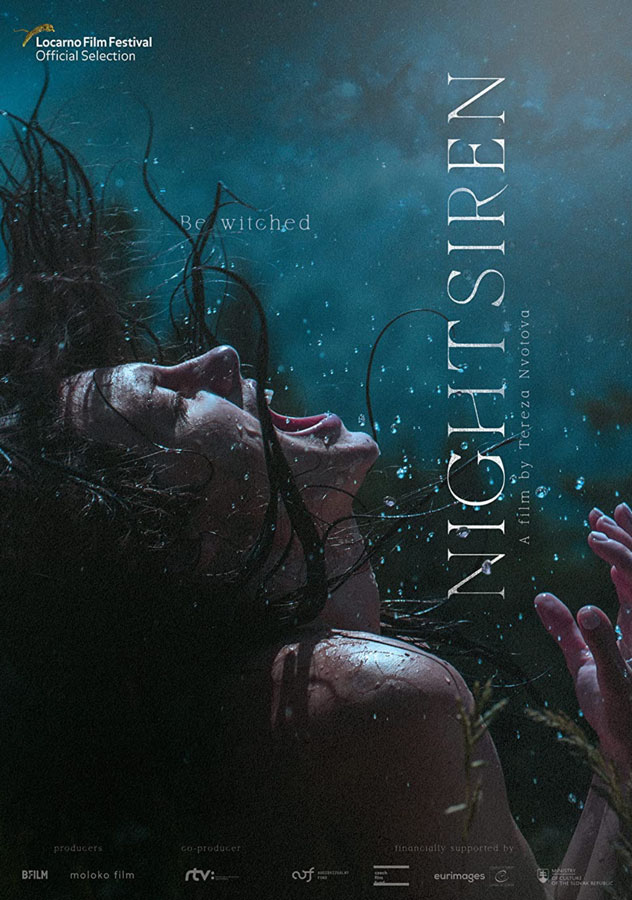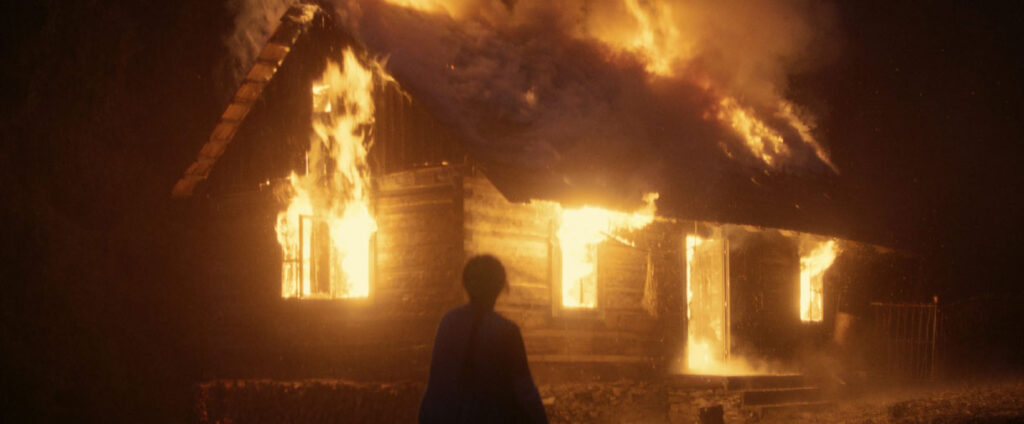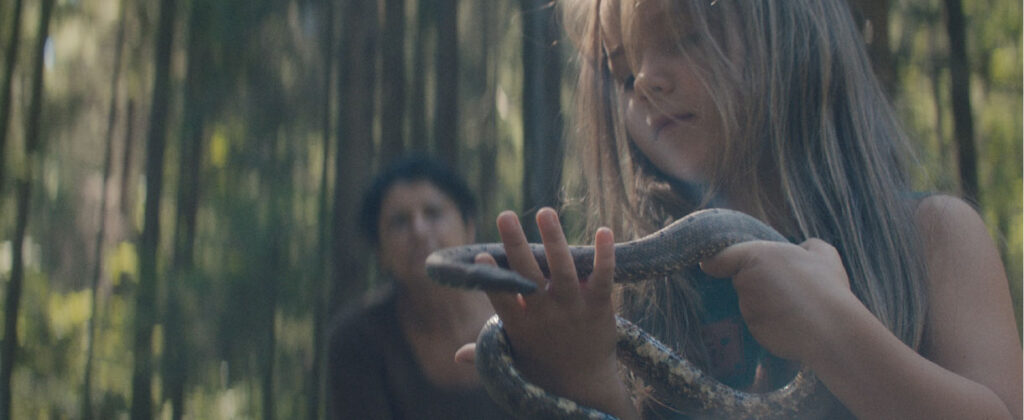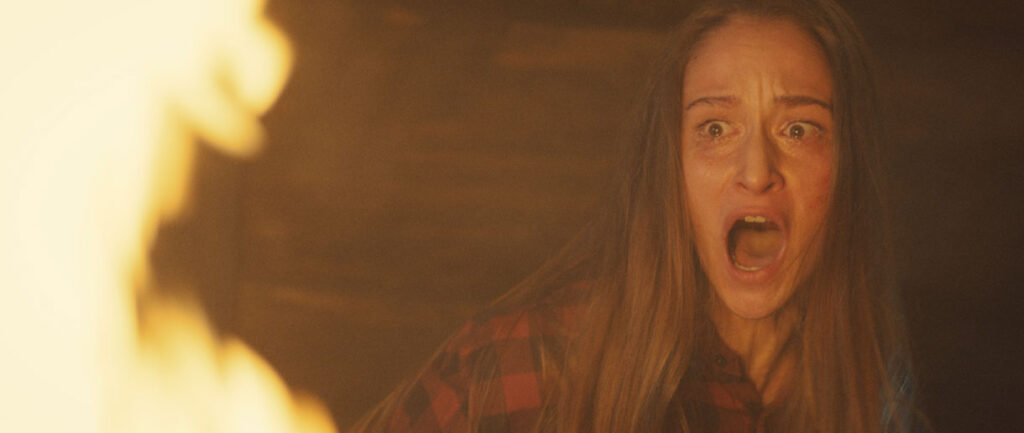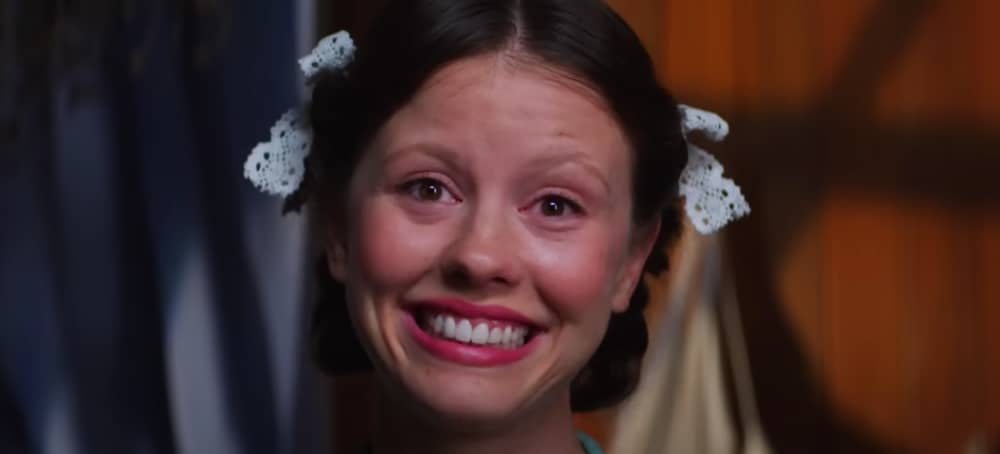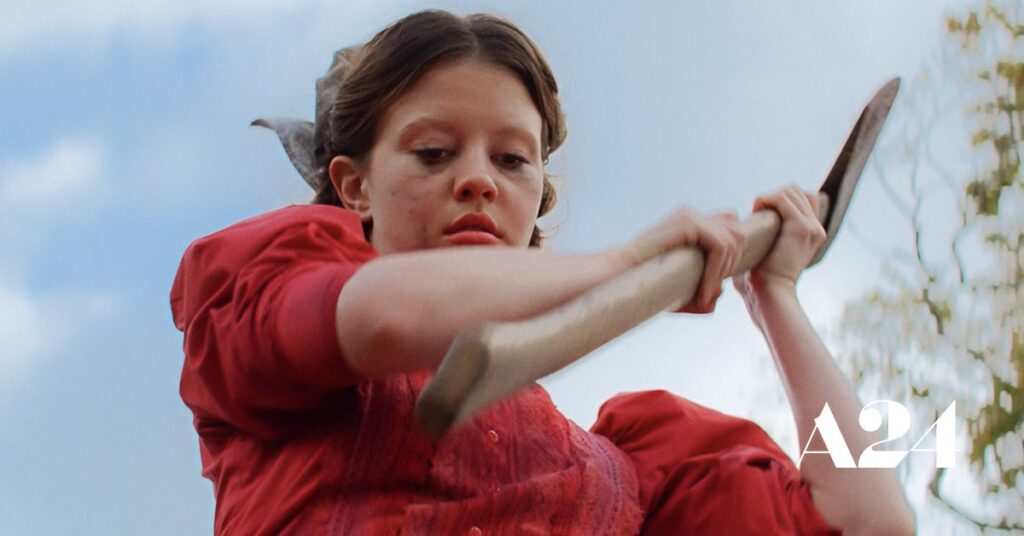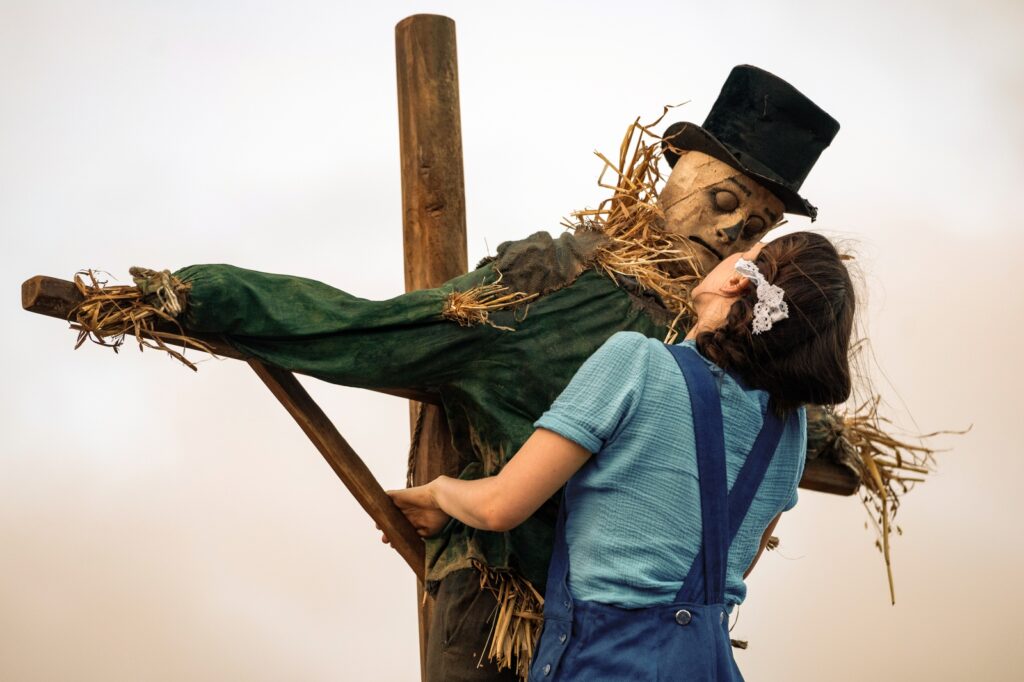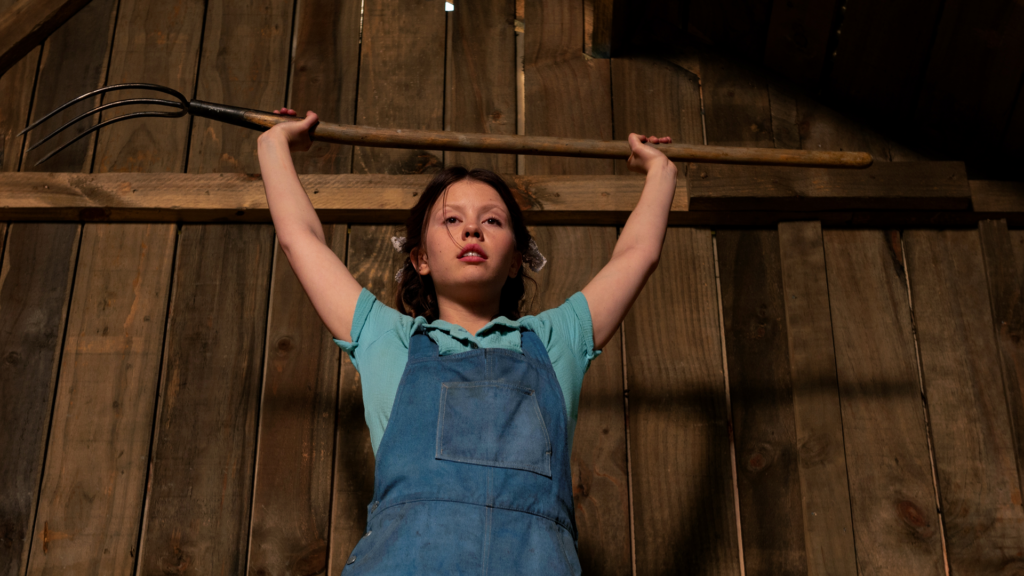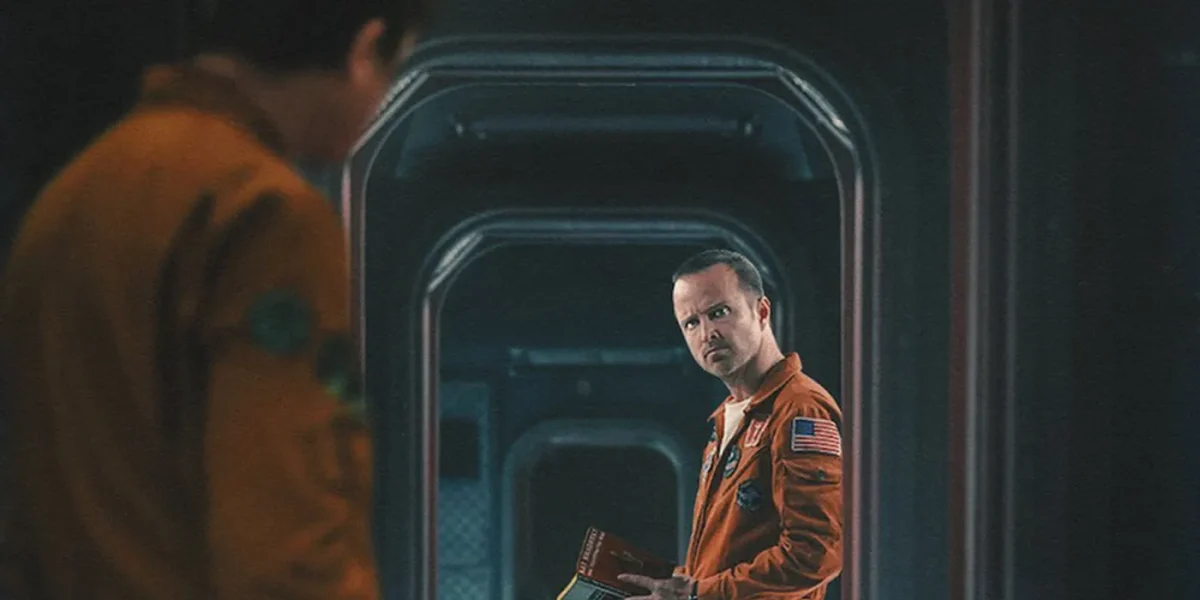
Since Charlie Brooker’s Black Mirror premiered in 2011, it has been captivating and disturbing its viewers, warning them of technology’s eerie potential. With the latest season making its premiere, here is Dead Northern’s guide on every Black Mirror episode ranked from worst to best.
27- The Waldo Moment (Season 2 – Ep. 3)
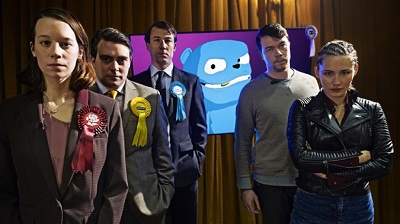
The Waldo Moment has definitely become one of the more disliked episodes. It’s not a stereotypically ‘bad’ premise, yet it fails to excite, disturb, or entertain. On its own, this tale of puppetry gone mad does intrigue, but it simply fails in comparison when standing next to the superb offerings from the rest of the show.
26- Men Against Fire (Season 3 – Ep. 5)
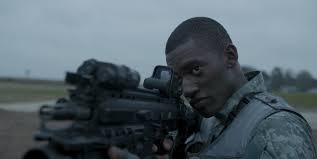
Men Against Fire follows the story of Stripe (Malachi Kirby), a traumatised soldier who begins to experience strange sensations that alter his perception and expose the true horror of war. This Black Mirror episode achieves the show’s will to unravel societal issues, but its incredibly bleak tone does not offer much of a rewatch factor nor immerse us as intensely as it could have.
25- San Junipero (Season 3 – Ep.4)
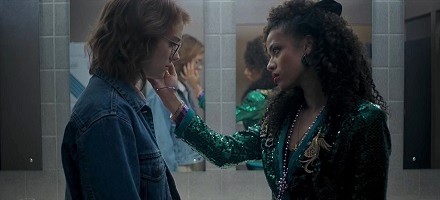
San Junipero is a controversial entry at number 20, an otherwise beloved show episode. It’s a clever feat showcasing the whimsical nature that hides within each one of us, always desperate to prolong the positives of life. San Junipero is heartwarming and breaking at the same time, and above all, it feels somewhat out of place against the show’s darker entries such as ‘The National Anthem’ or ‘White Bear’.
24- Metalhead (Season 4 – Ep.5)
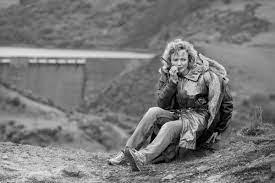
Metalhead is often forgotten in the grand scheme of the Black Mirror world, possibly due to its potent lack of dialogue and the drawn-out storyline that would have been better suited to a runtime of under 30 minutes rather than the 41-minute runtime that it has. Despite the bleakness, the visuals are spectacular, showcasing some brilliantly crafted special effects.
23- Hang the DJ (Season 4 – Ep.4)
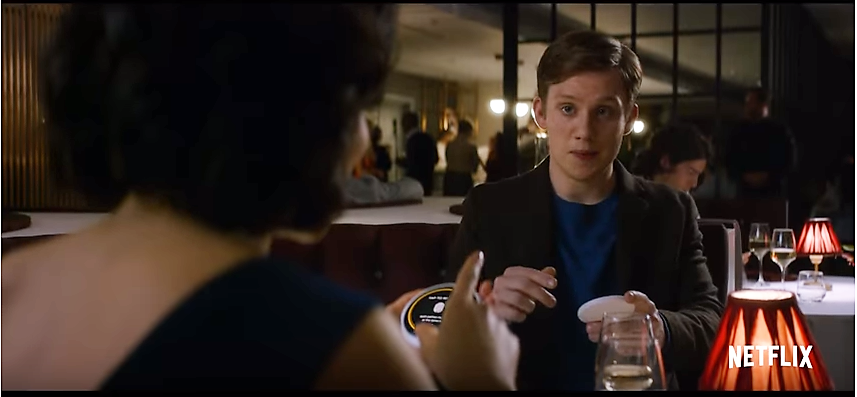
Surprisingly, Black Mirror has featured many love stories throughout its run; of course, nearly all of them result in a far-from-happy ending. Hang the Dj’s premise of a dating app that estimates the match’s relationship length makes for a delightfully tragic ending that will catch you off guard no matter how many times you watch it.
22- Hated in the Nation (Season 3 – Ep.6)
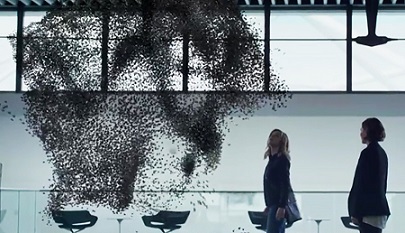
Hated in the Nation remains the longest Black Mirror episode, replicating a full-length feature. The politically charged episode tackles the ever-present rhetoric of the dangers surrounding social media and how simple comments and replies can unravel a world of hell beyond the keyboard.
21- Rachel, Jack and Ashley Too (Season 5 – Ep.3)
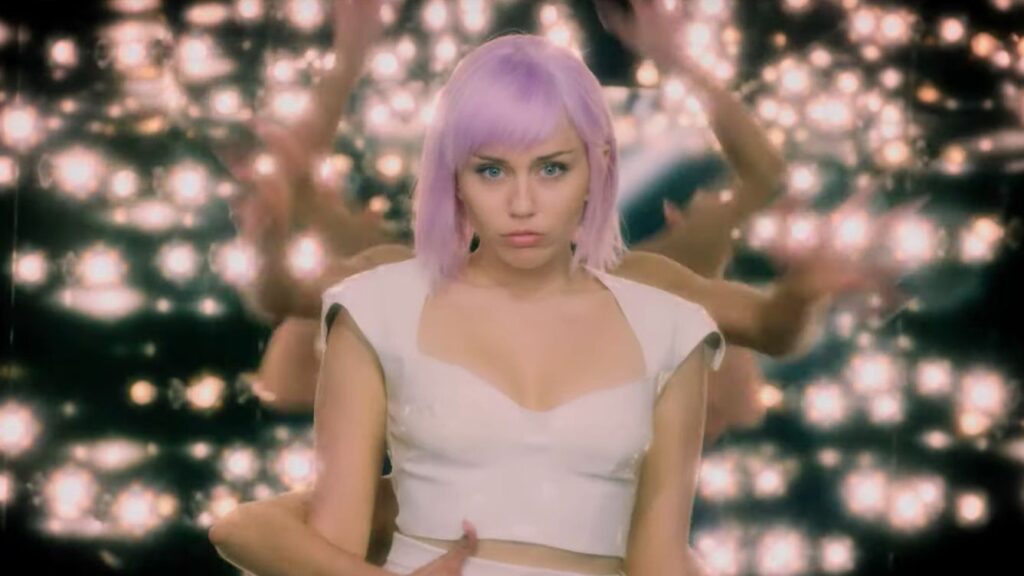
Black Mirror and technologically charged plots go hand in hand, with many episodes piggybacking off of the horror of the internet, smartphones and surveillance. Rachel, Jack and Ashley Too takes aim at virtual assistant technology and how it has the potential to have a mind of its own. This surprisingly effective episode showcases Miley Cyrus in her best role yet as she performs as a troubled singer.
20- Mazey Day (Season 6 – Ep.4)
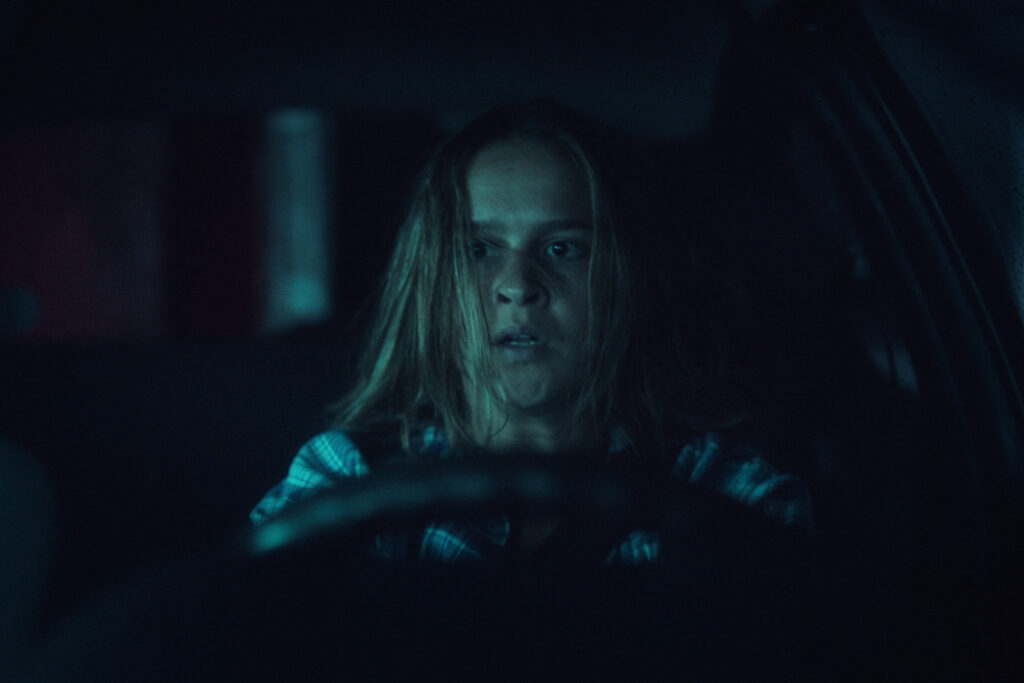
Mazey Day is a partial creature feature, as well as an expedition into grief, along with a touch of symbolism regarding the exploitation found within spectacles. This concoction makes for a fruitfully entertaining episode, which, unfortunately sometimes bites off more than it can chew.
19- USS Callister (Season 4 – Ep.1)
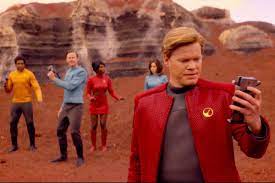
Outright inspired by Star Trek, this intergalactic trip is one of the more humorous episodes of the entire show, with plenty of tidbits and giggles amidst the disturbed background of what happens when a video game is taken to impossible heights.
18- Be Right Back (Season 2 – Ep.1)
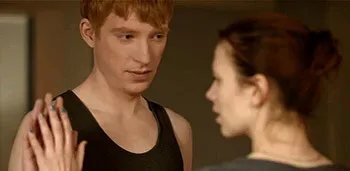
Every once in a while, Black Mirror will stray away from horror and thriller and anchor onto pure tragedy. Be Right Back tests everyone’s moral constraints, the rights and wrongs of what to do when a loved one passes away. Many of the show’s episodes will make you ponder; however, Be Right Back will genuinely have you questioning what you would do in such circumstances.
17- Fifteen Million Merits (Season 1 – Ep.2)
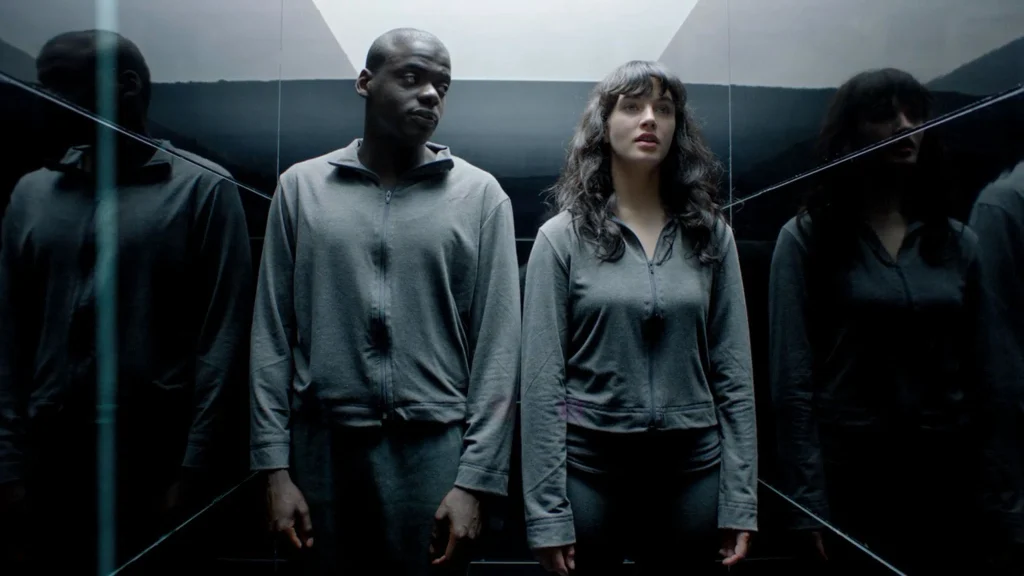
Fifteen Million Merits is a testament to Daniel Kalyuua’s talents, with the episode primarily following his character Bingham in a world where humanity and currency are on an equal playing field.
16- Nosedive (Season 3 – Ep.1)
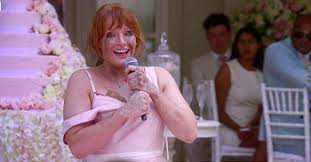
Nosedive and the current reality are not too far apart, with the episode focusing on what would happen if your life and wellbeing was directly linked to how you present yourself in an online-like world.
15- The Entire History of You (Season 1 – Ep.3)
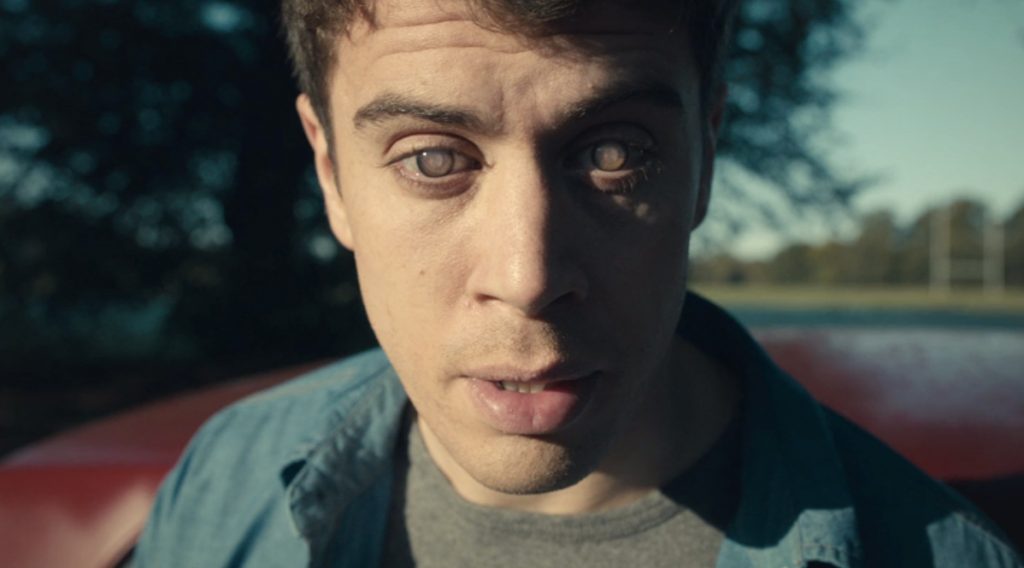
Whilst memories can be warm and special, there are aspects of our lives that are best kept in the dark. The Entire History of You takes this idea of controlled memories and transforms it into a world of trickery where lies, affairs, and harrowing grievances are all brought to the forefront.
14- Playtest (Season 3 – Ep.2)

Playtest strains away from the thriller aspect of Black Mirror and diverts into complete sci-fi terrain. The episode focuses on the scariest threat of all, our own personalised fears, with the plot exercising what happens when we strive to make technology too personalised.
13- Joan is Awful (Season 6 – Ep.1)
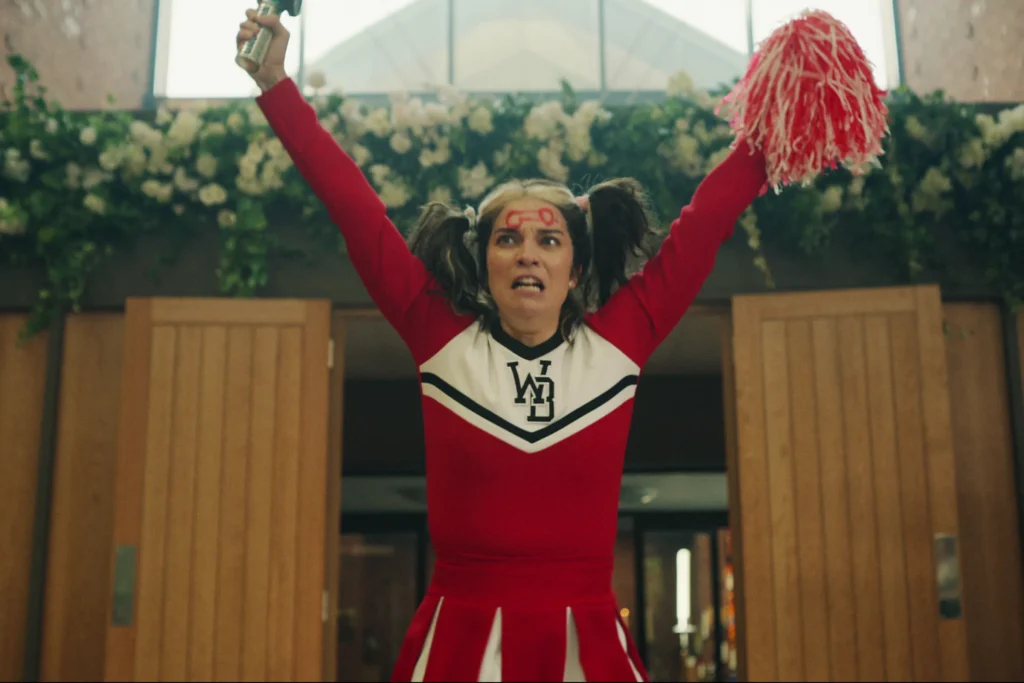
The first episode of the latest series is Joan is Awful, a comical and tragic story about the increasing use of A.I. in film and television. Whilst Black Mirror is known for its extremities, Joan is Awful is worryingly close to home for many media fans, mainly due to the episode’s use of fabricated reality and computer-generated entertainment.
12- White Christmas (Season 2 – Ep.4)
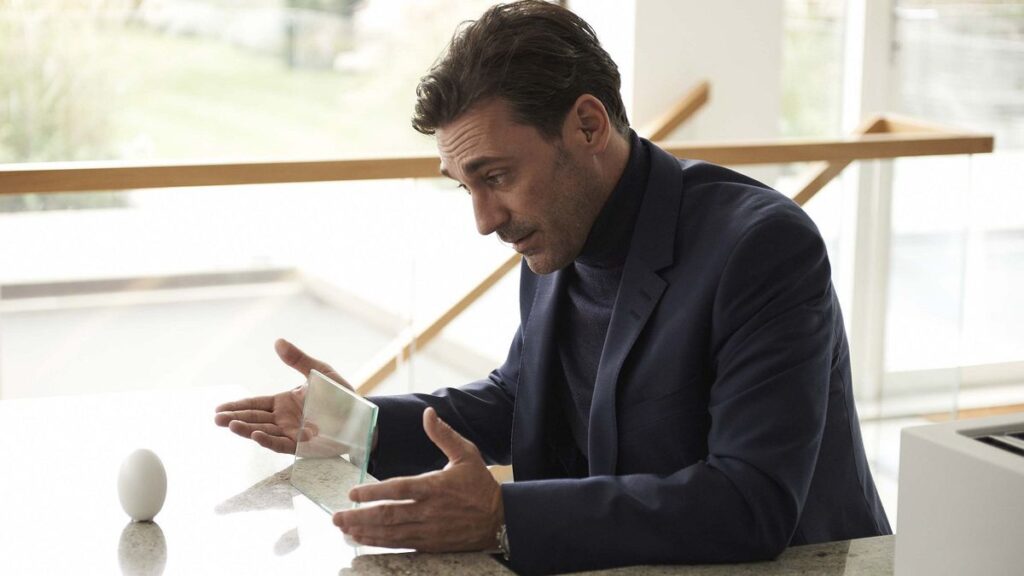
Christmas specials typically fall on the lighter side of events, but in the world of Black Mirror, Brooker could not have come up with a bleaker plot. White Christmas is a foreboding anecdote about the deep and darkest secrets that lie within every one of us and how no matter how buried these affairs may be, they always have a way of worming to the surface.
11- Striking Vipers (Season 5 – Ep.1)
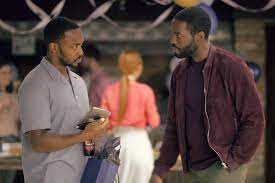
Striking Vipers offers nothing but jaw-dropping bombshells throughout the entire episode, with the plot taking the unexpected route at every turn. Similar to ‘San Junipero’, Striking Vipers explores virtual reality and escapism, except with a much less harmonious ending for everyone involved.
10- Demon 79 (Season 6 – Ep.5)
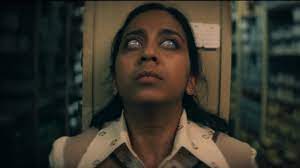
Black Mirror is known for its societal warnings about the rise and intelligence of technology. However, Demon 79 bashes away this archetype in favour of an armageddon-like story. It’s a unique episode that entirely stands out against the rest and opens the door for the world of Black Mirror, exploring alternative strains of themes and subjects.
9- Black Museum (Season 4 – Ep.6)
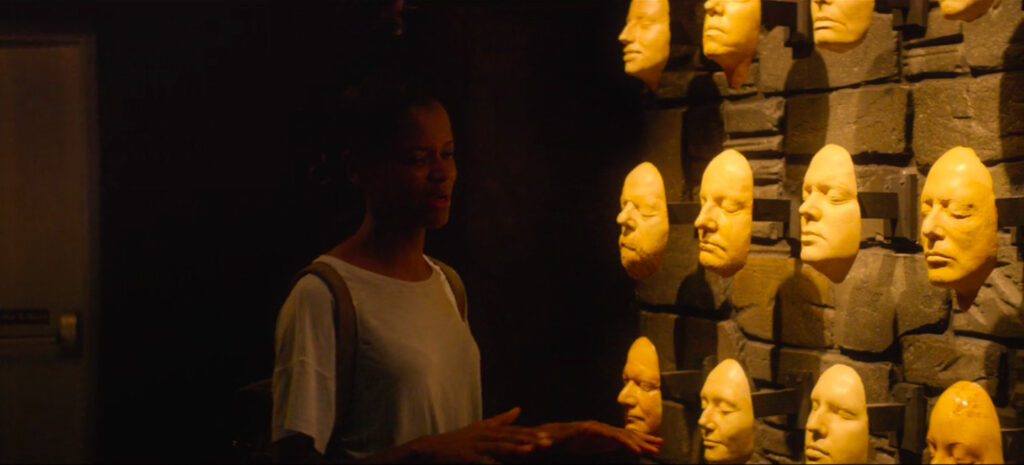
Black Museum is an absolute must-see for any Black Mirror fan, with each frame being filled with plenty of easter eggs from the show’s previous episodes. The premise is highly similar to many episodes, particularly ‘White Christmas’ and ‘Playtest’, with the whole narrative of mind transportation playing a significant role. Yet, unlike the two previous entries, Black Museum’s unforeseen curveballs make it stand above the rest.
8- Smithereens (Season 5 – Ep. 2)
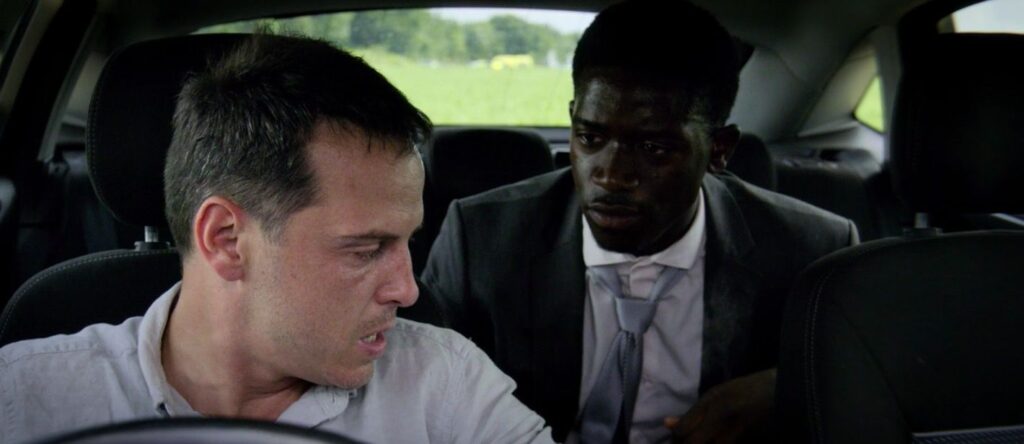
Another criminally undervalued episode is Smithereens, starring the Damsen Idris and Andrew Scott, who steal the entire show unlike any other episode. Smithereens is part character study and part high-paced action thriller that warns about the dangers of social media. Whilst nearly every episode of Black Mirror has some thin veil of the truth lying within it, Smithereens has one of the more plausible fates events, making it undeniably harrowing.
7- Arkangel (Season 4 – Ep.2)
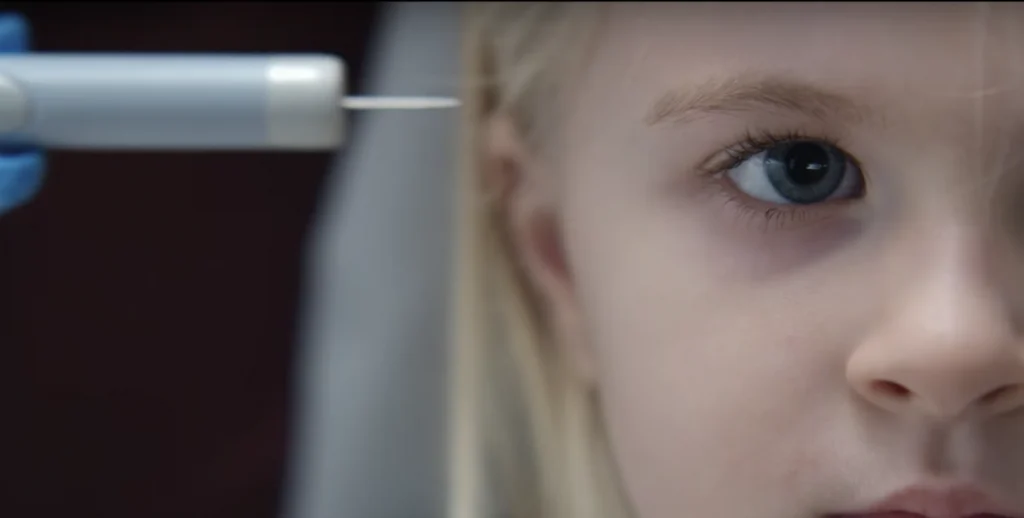
With censorship on the rise, Arkangel seems more timely (and more scary) than ever. A tale of protection gone wrong and the dangers of restrictions make Arkangel the creepy nightmare that it is. Despite some mixed reviews, Arkangel is an excellent example of how Black Mirror manages to both alert and intrigue at the same time.
6- Beyond the Sea (Season 6 – Ep.3)
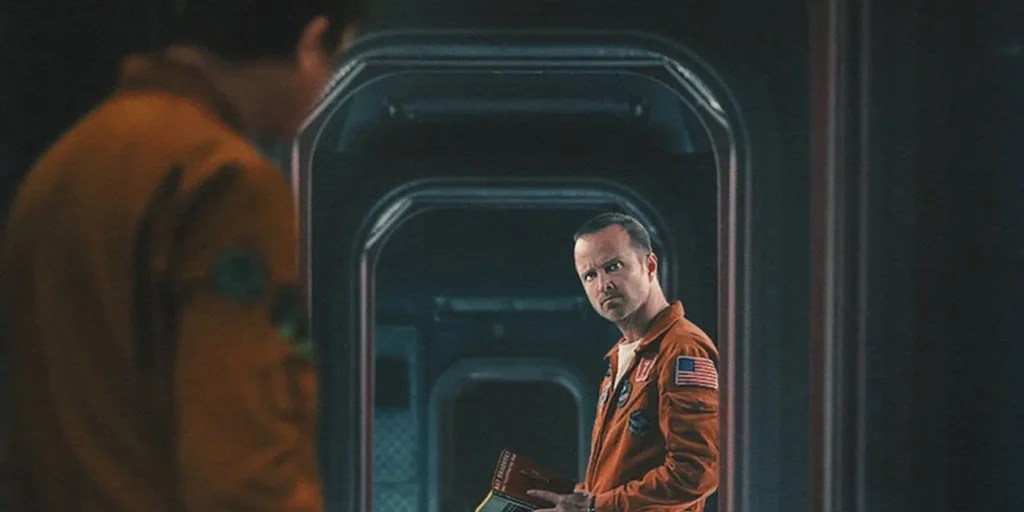
Black Mirror has a penchant for beginning the episode in one particular terrain and ending up in a completely another emotional dimension. Beyond the Sea is melancholic, dull, and lacking in charisma – all of which are deliberate attributes that emphasise the episode’s existential allegory on the treacherous nature of isolation.
5- Crocodile (Season 4 – Ep.3)
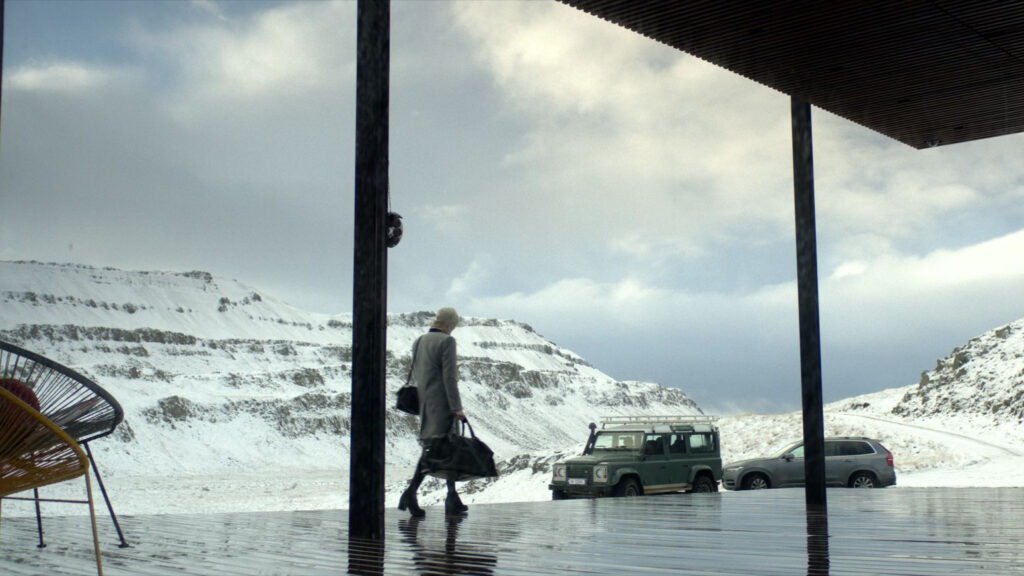
A severely underrated and critically controversial episode is Crocodile, which takes the premise of a spiralling lie to new extremes, where every act of deceit, no matter how small, results in utter mayhem. Crocodile is a fantastic take on a somewhat overused storyline, making it one of the show’s most memorable episodes.
4- White Bear (Season 2 – Ep.2)
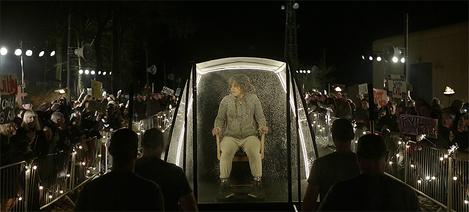
Another winning episode from the freshman days of Black Mirror is White Bear, a suffocatingly barbaric ride into what happens when the laws of justice are let loose. White Bear begins in an eerie place where nothing seems to make sense; however, when you compare the first act to the brutal ending, the starting point seems like a fairytale.
3- The National Anthem (Season 1 – Ep.1)
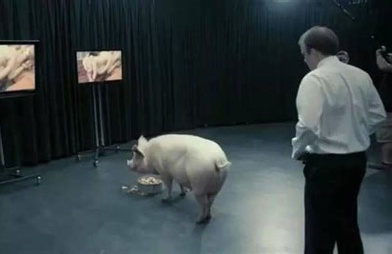
Black Mirror’s first episode, The National Anthem, is a pure force that shakes, surprises and submerses us into a world of deceit where bizarre sequences of events are made incredibly and terrifyingly realistic. The episode takes a heinous storyline and brilliantly implies the ‘tell-don’t-show’ rule, where our imaginations are left to do the dirty work, often resulting in images that are more chaotically cruel than the screen could ever reveal.
2- Loch Henry (Season 6 – Ep.2)
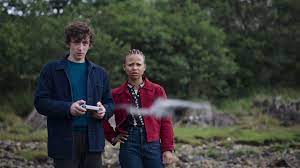
The beam and fascination of true crime seems to have society in a chokehold at the moment, with countless individuals becoming hooked on the ghastly and morbid world of real crime. However, one question that has consistently arisen since the allure of true crime began long ago is whether or not the indoctrination of genuine terror and real-life horror is ethical.
1- Shut Up and Dance (Season 3 – Ep.3)
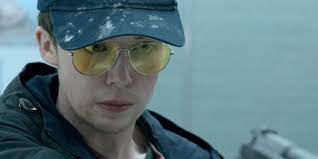
Contentious subject matters consistently make for intriguing entertainment. Whilst this is a bold statement within itself, when a piece of media both raises awareness and compels graphic dangers, the result can be riveting. This is precisely what makes Shut Up and Dance a phenomenal episode of Black Mirror and arguably the show’s best feature yet. Each twist and turn is brimming with tension and awe, eventually building to a harrowing ending that both catches you off guard and remains ingrained in your conscious long after watching.
Want more top horror lists and reviews? Check out our blog here..


